CHAPTER 4
ARMED COMBAT – EXOTIC WEAPONS
THROWING STARS “SHURIKEN”
The understanding of exotic weapons is of course to use weapons which are not usually seen or used under normal circumstances.
When visiting neighboring dojo of various styles, it is mostly the weapons that which are on display that attracts your interest, for you would be seeing variations of “tonfa”; sickle; javelins, axes; clubs; chained and spiked balls; different variations of panga (long blade to cut off small branches of trees or cutting through long grass); swords and knives.
Yet most of these weapons merely are just but on display, for not all martial arts dojo practice the same discipline and have the knowledge in teaching the use of each of these weapons.
It is a common understanding that “Karate” is an unarmed and empty handed fighting art, yet some schools teach the students the way of the “sai” (anti sword truncheon) or “tonfa” (a wooden blocking tool – which looks like a handle of some sorts) as also the “bo” (a six foot staff).
In the art of “Ju Jutsu” which is also commonly taken for a grappling martial art, whereas this art also teaches rope work, “bo” staff training; sword training and many more.
However in the art of ninjutsu all implements that come’s to hand would be a potential weapon. There are of course traditional weapons such as the “Kama”; “Ninja –to”; “Sai”; variation of spears and halberds, knifes and daggers, variations of sickle weapons, hooked spiked weapons and tools as also explosives and poisons and so many more, but I am only going to illustrate but a few exotic weapons.
“SHAKEN or SHURIKEN” – (Ninja throwing stars and spikes)
A throwing star commonly know as shuriken or senban derived from ancient times in Japan, the metal plating in its basic square shape used to be washers which would be used to hold down roof sheeting of the Japanese houses. Since through a certain period of time in Japan, many weapons were confiscated and left many Japanese defenseless, they soon learned to use of what they had at hand, such as hammers; sickles most hand held farming tools and even nails.
As some stories are told, it so happened one day that a group of Japanese peasants were working on a roof of a structure, and along came a band of attackers, it was here that one of the workers took one of the washers and threw it at one of the attackers, seriously injuring the assailant, and it was from that day on that these washers became a defense tool.
Another story told is that of a monk, that was attacked whilst walking in the forest, he defended himself by throwing the prayer wheel which is usually worn around the neck, so doing and killing his attacker, this is also to have been the beginning of the shuriken.
These washers were later sharpened and shaped and even at some stage hardened, to then be developed into a severe fighting tool.
Hence it’s hand held size, these weapons could be concealed easily and very quickly be drawn out to either throw or slice and jab at an opponent.
In today’s modern society a wide range and variety of ninja stars could be seen, ranging from straight throwing single or doubled pointed throwing darts or dirks or three to eight pointed throwing blades. Way back in time, different designs would be the trademark of certain “ryu”.
Shuriken / Senban
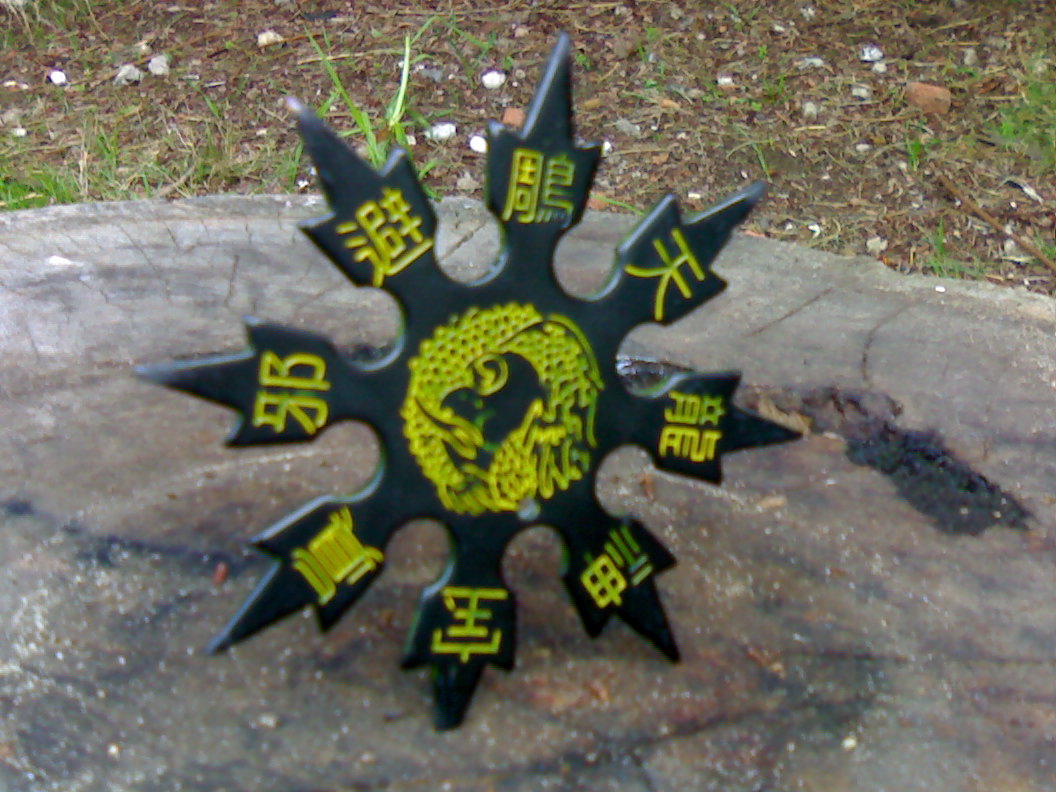
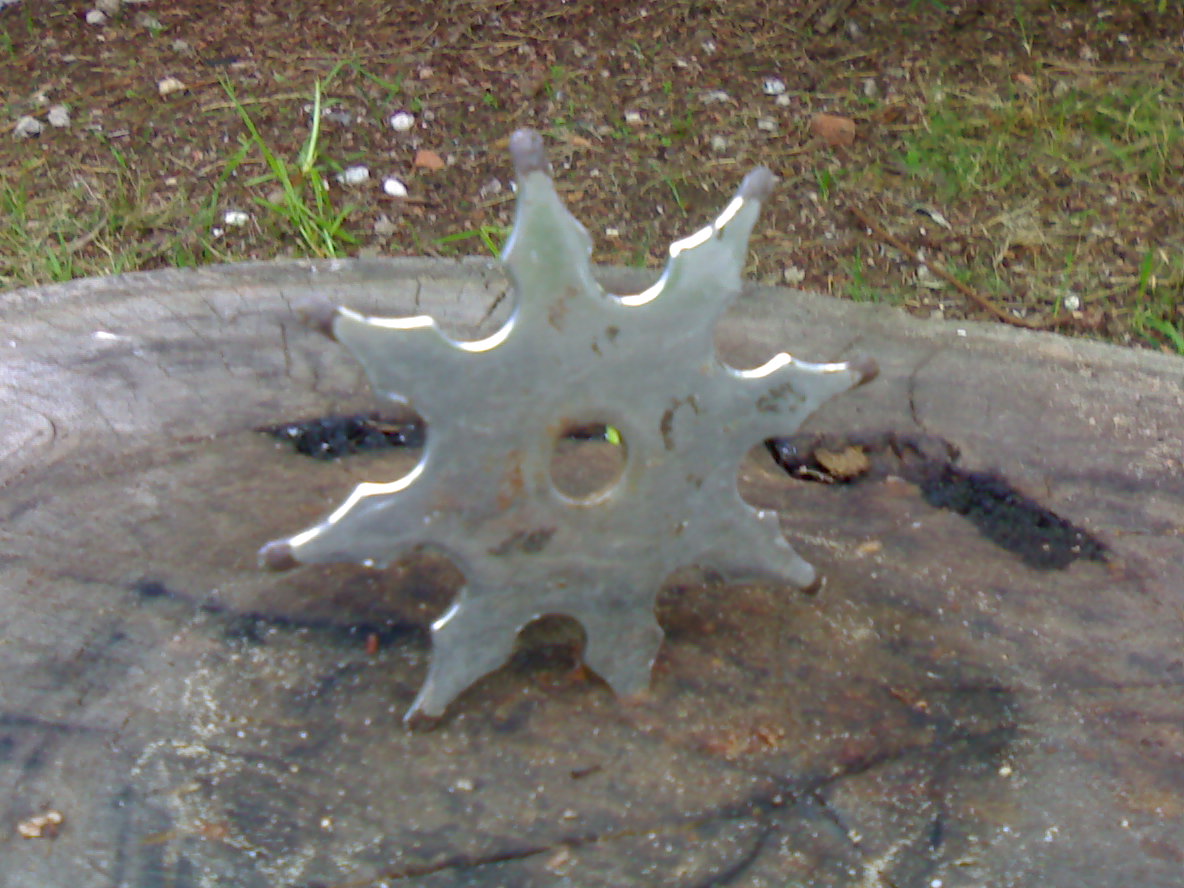
(Fig.275 –fancy 8 pointed senban) (Fig.276 – sharp 8 pointed senban)
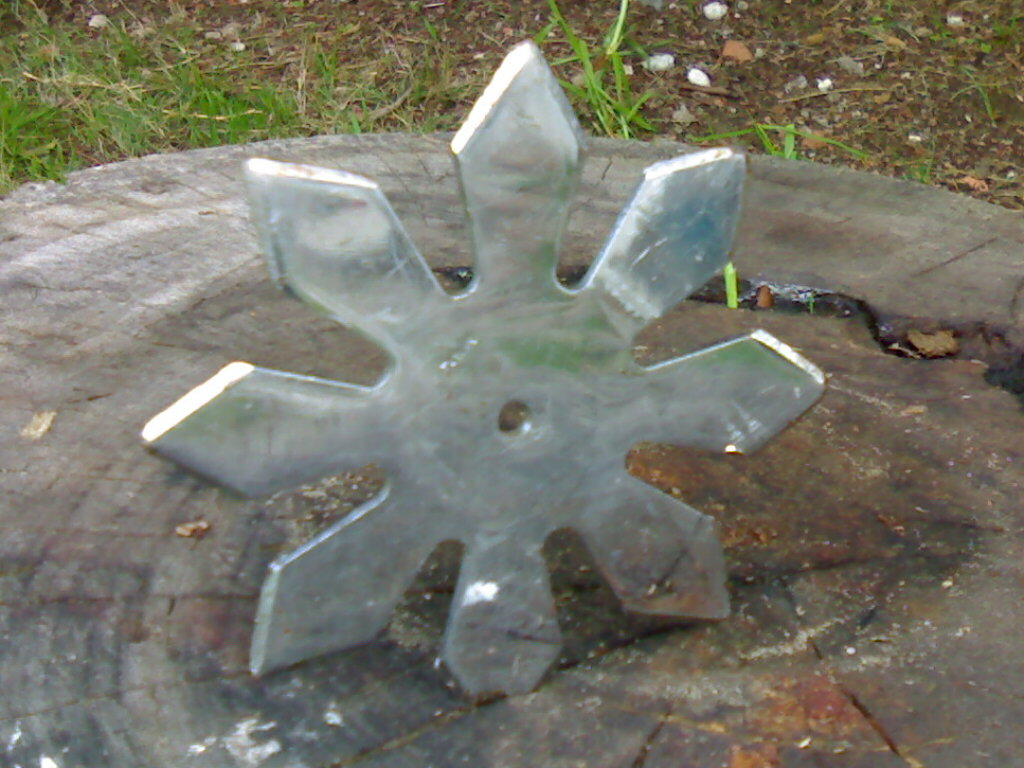
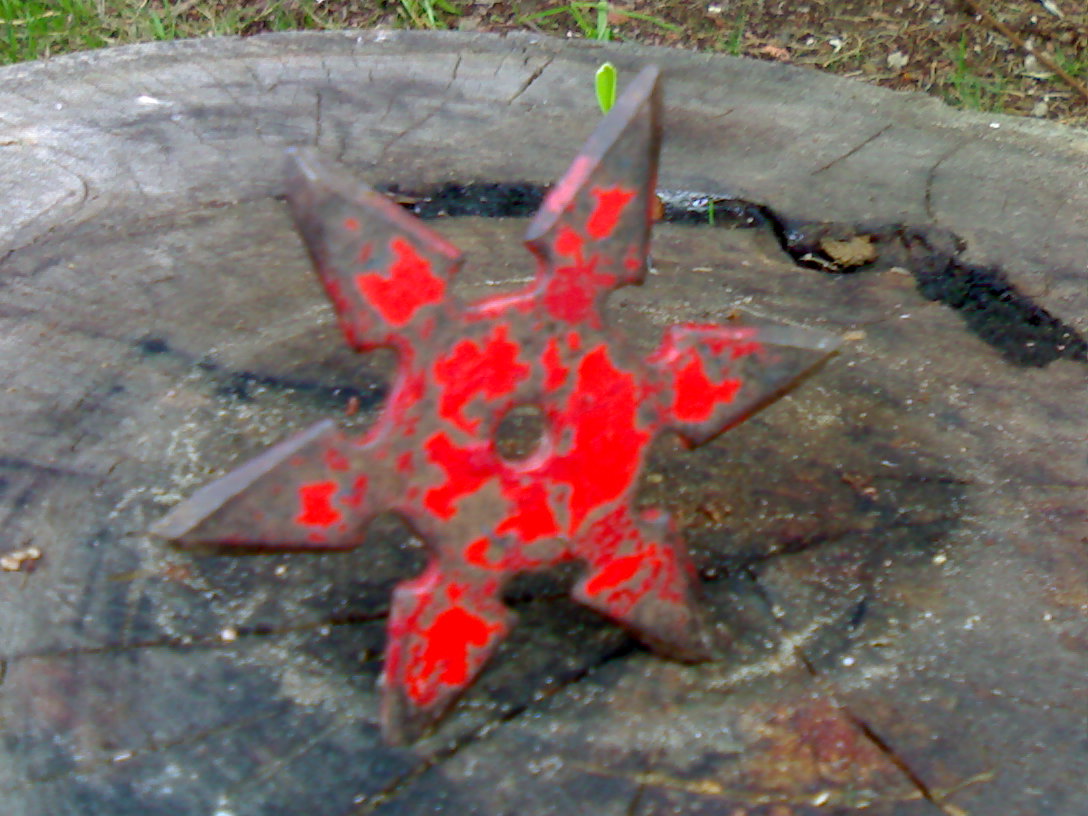
(Fig.277 – blunt shaped 8 point senban) (Fig.278 – 6 pointed senban)
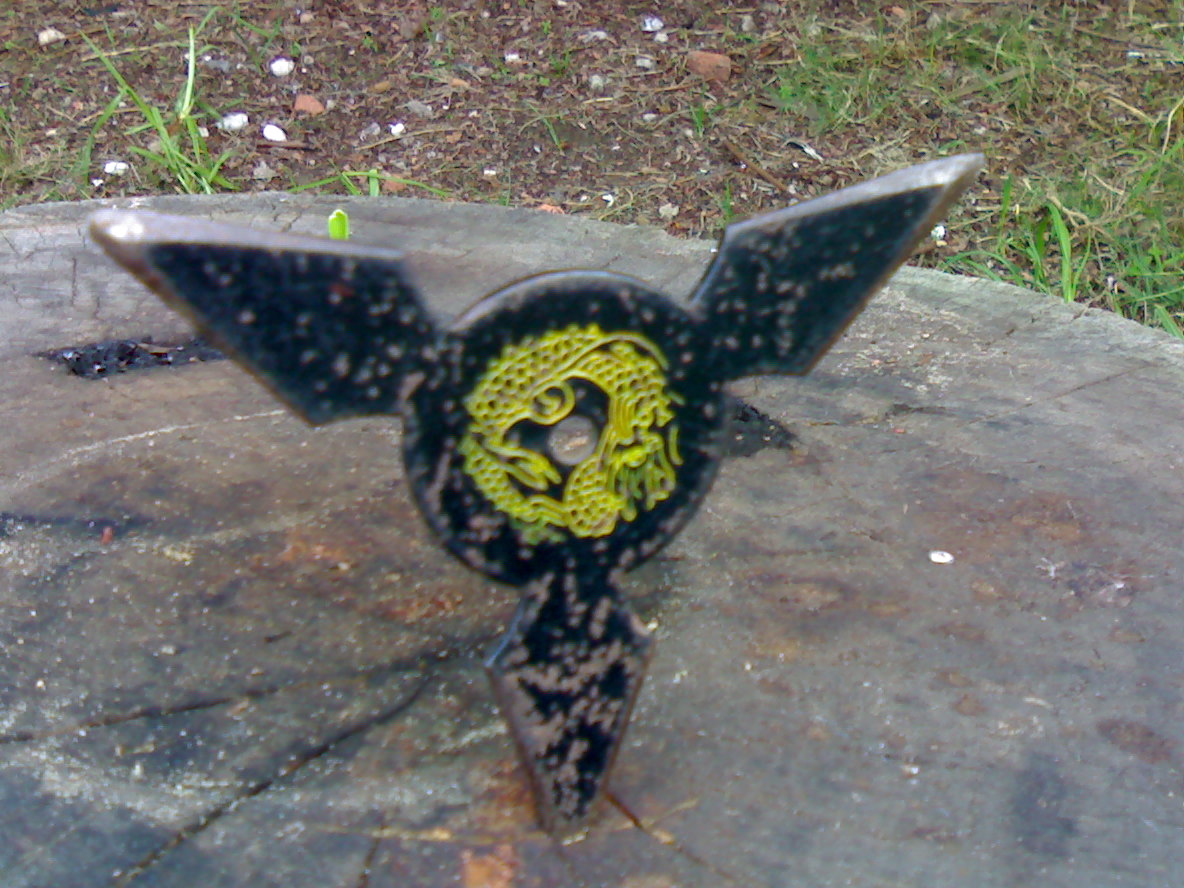
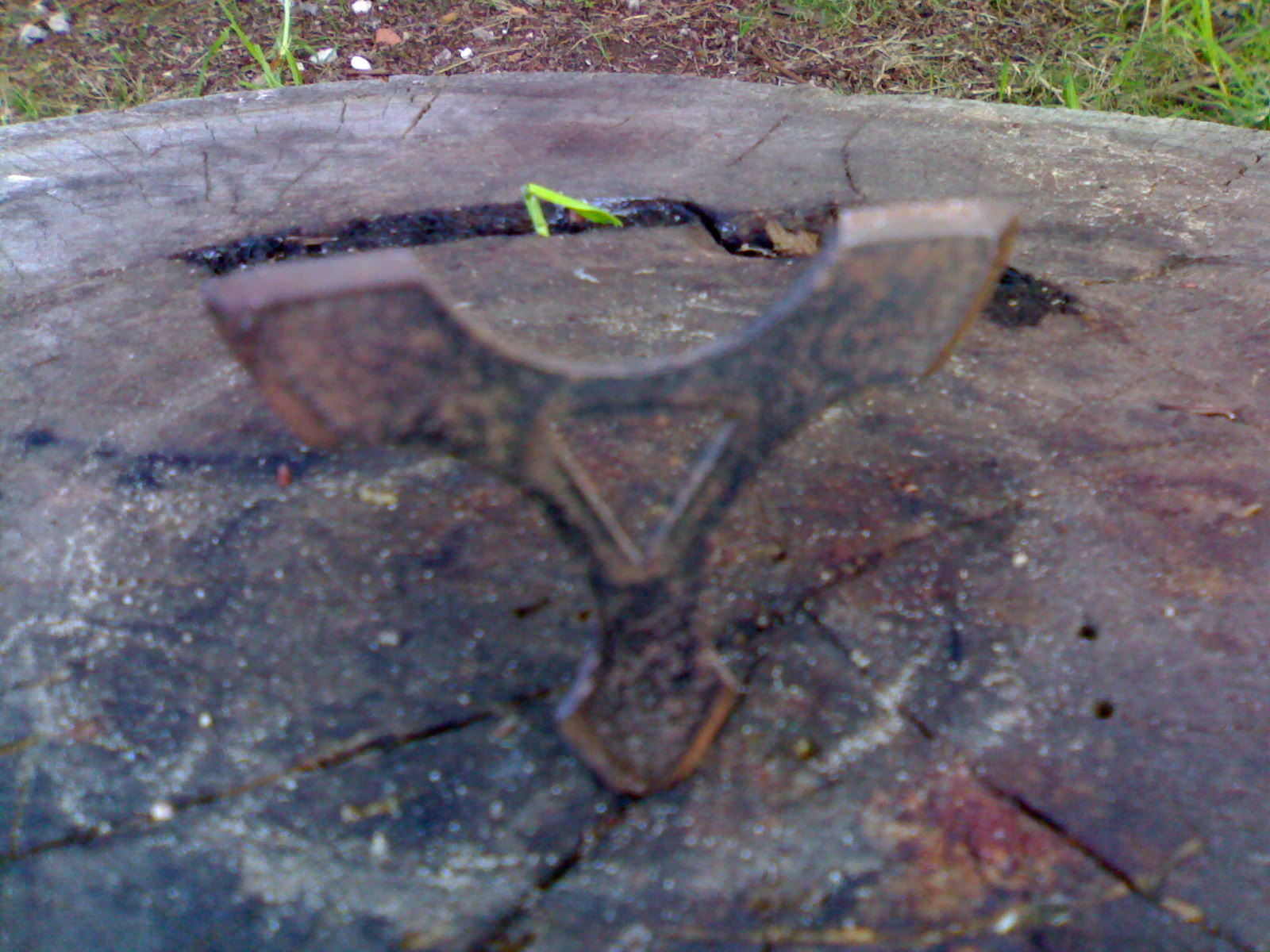
(Fig.279 – 3 pointed senban) (Fig.280 – 3 pointed finger senban)
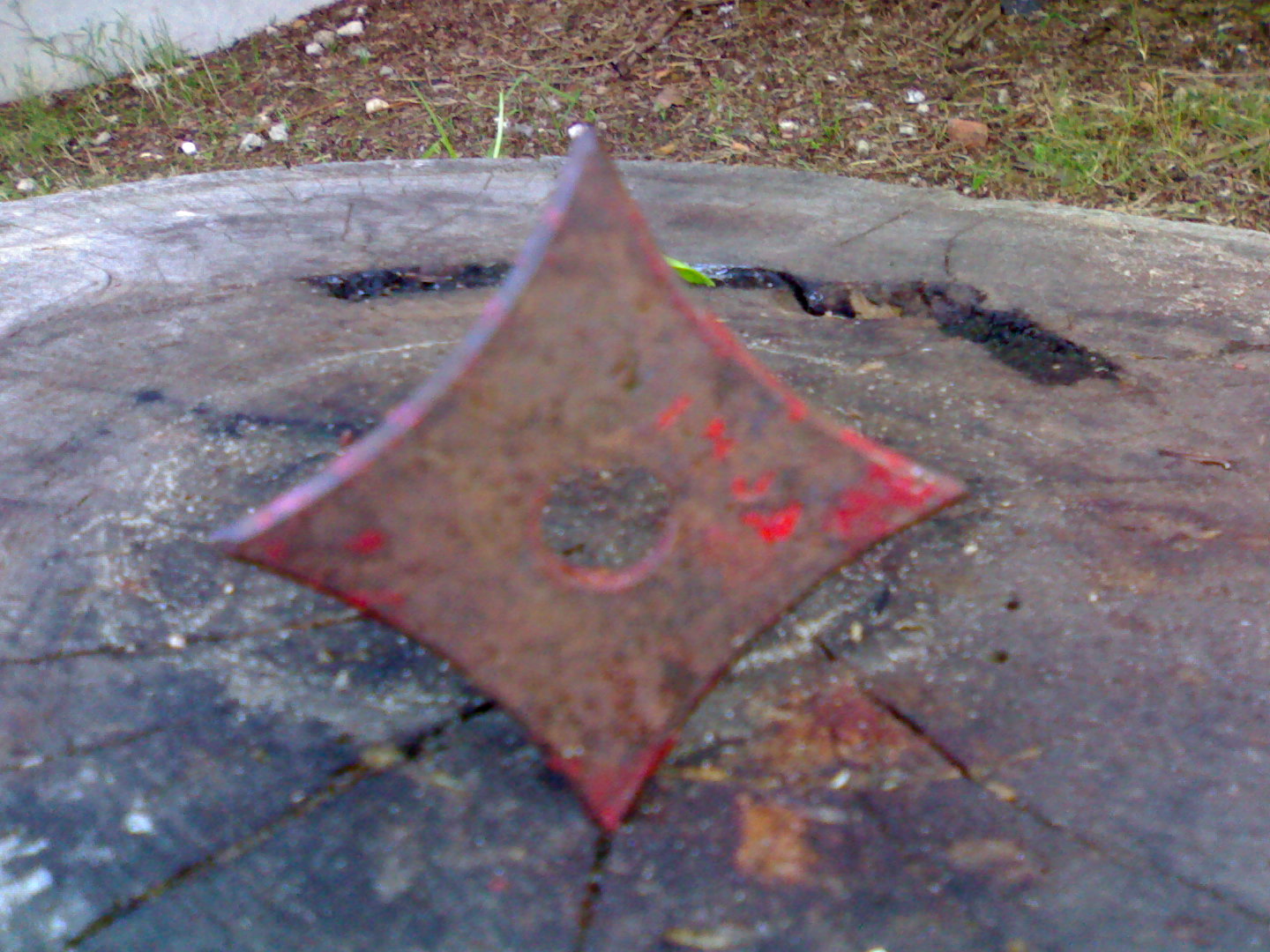
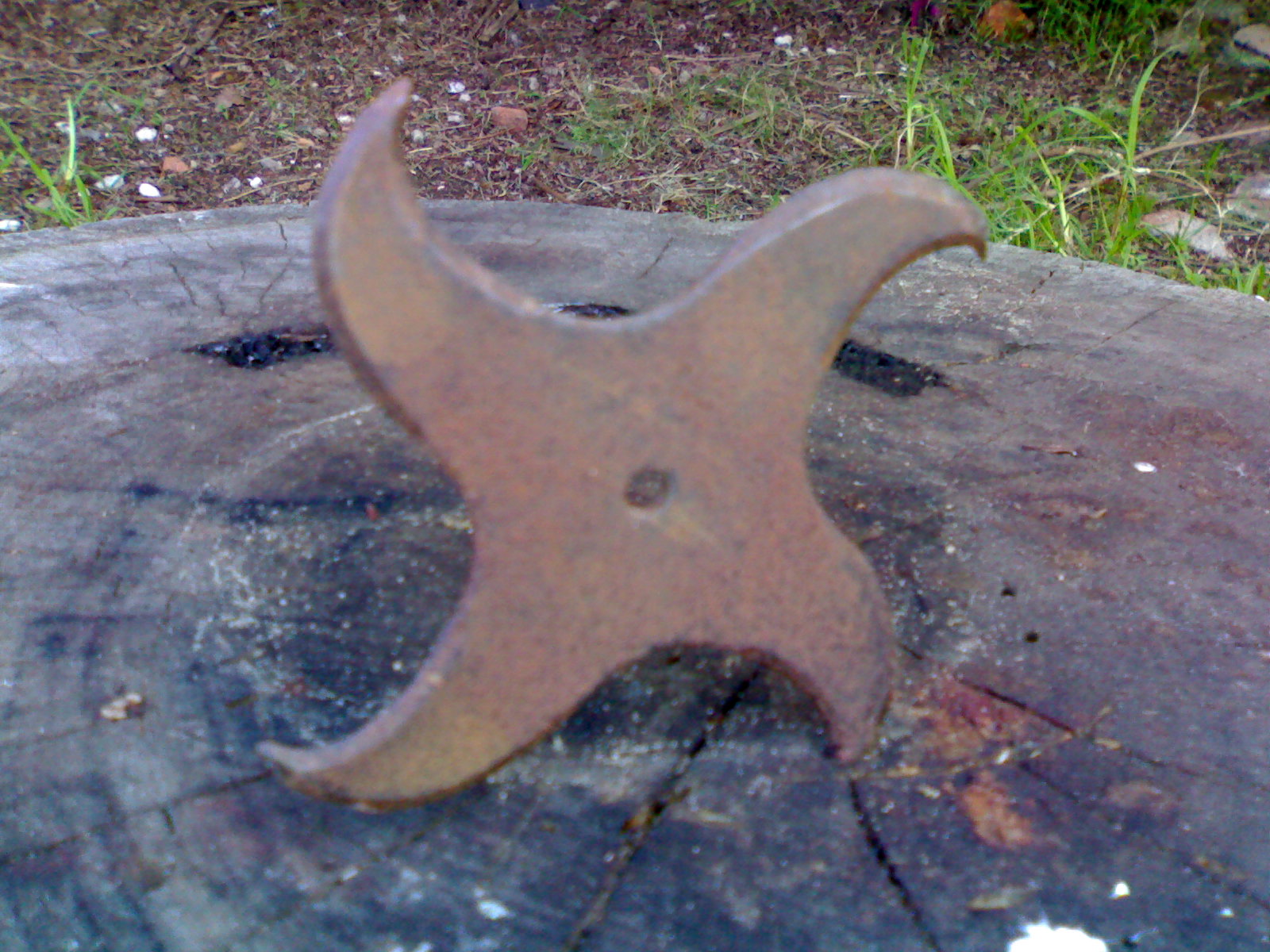
(Fig.281 – 4 pointed small senban) (Fig.282 – 4 pointed moon senban)
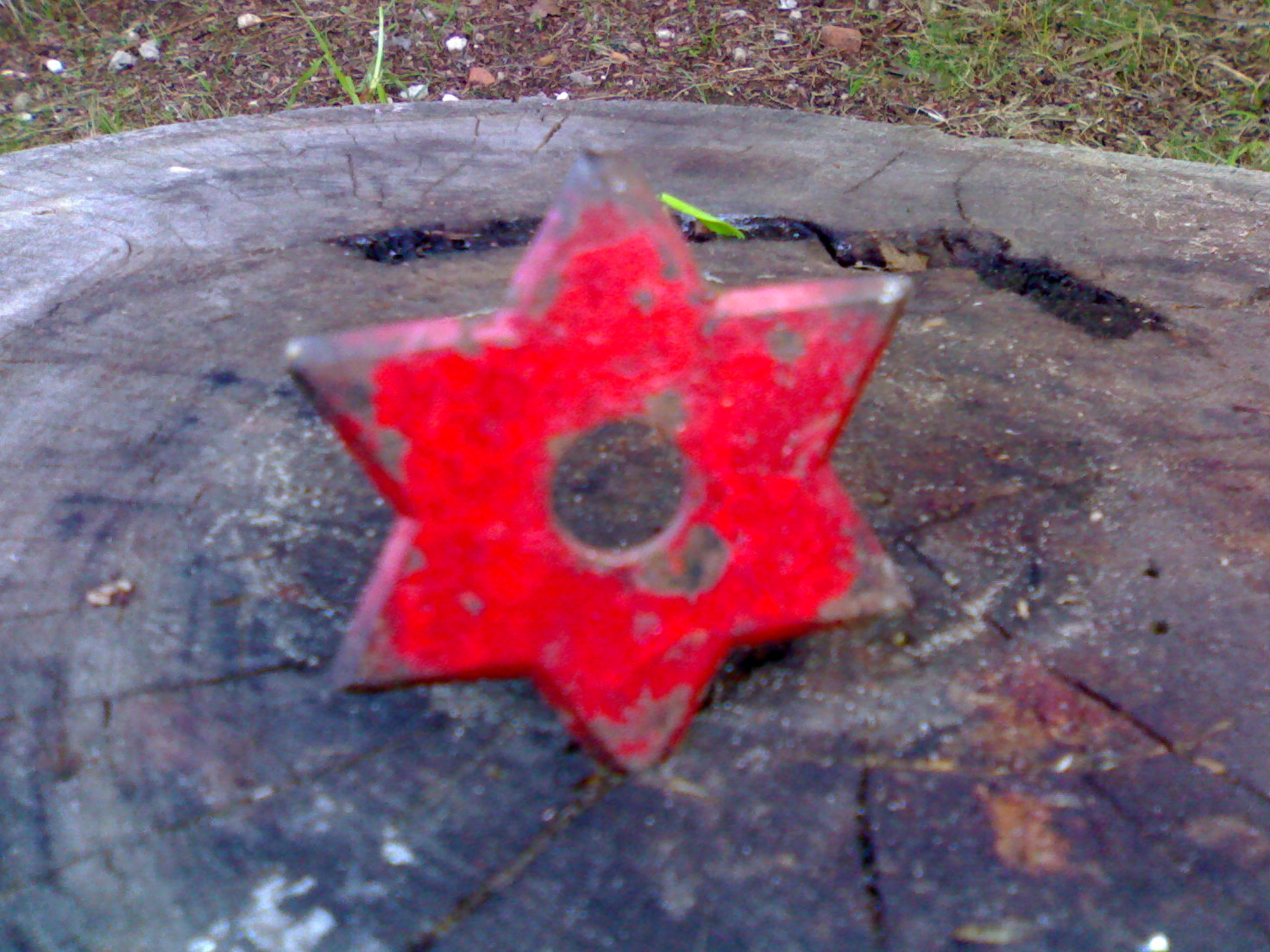
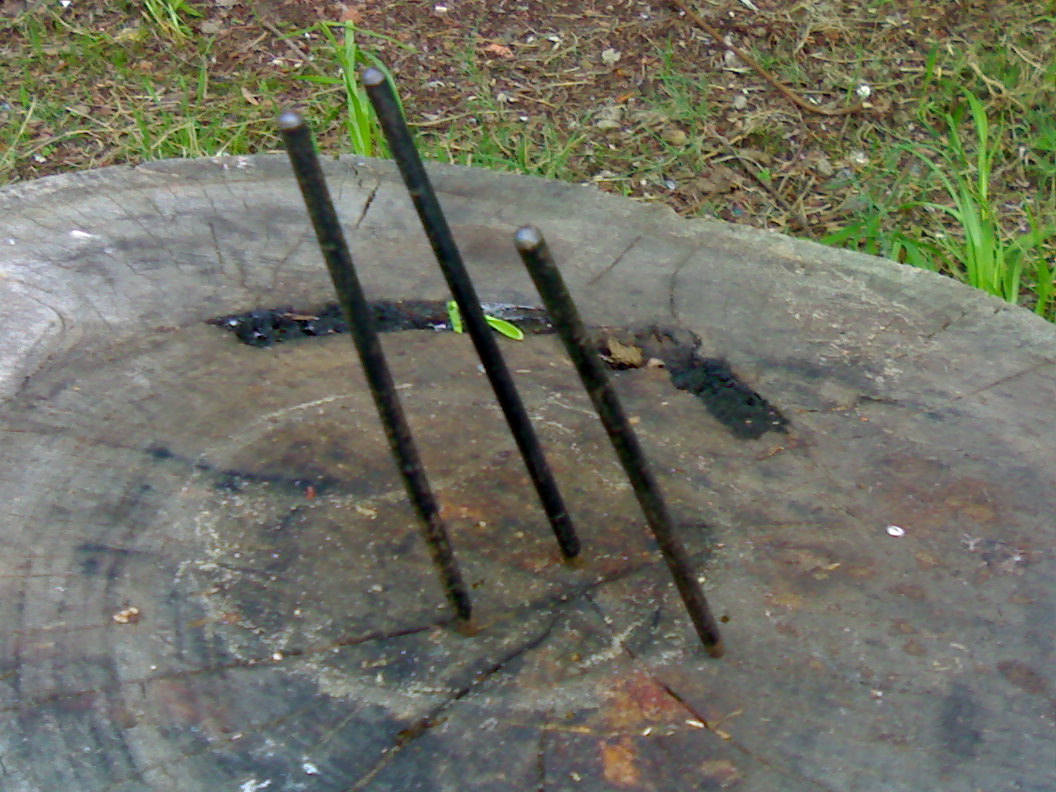
(Fig.283 – 6 pointed small senban) (Fig.284 – single pointed throwing dirk)
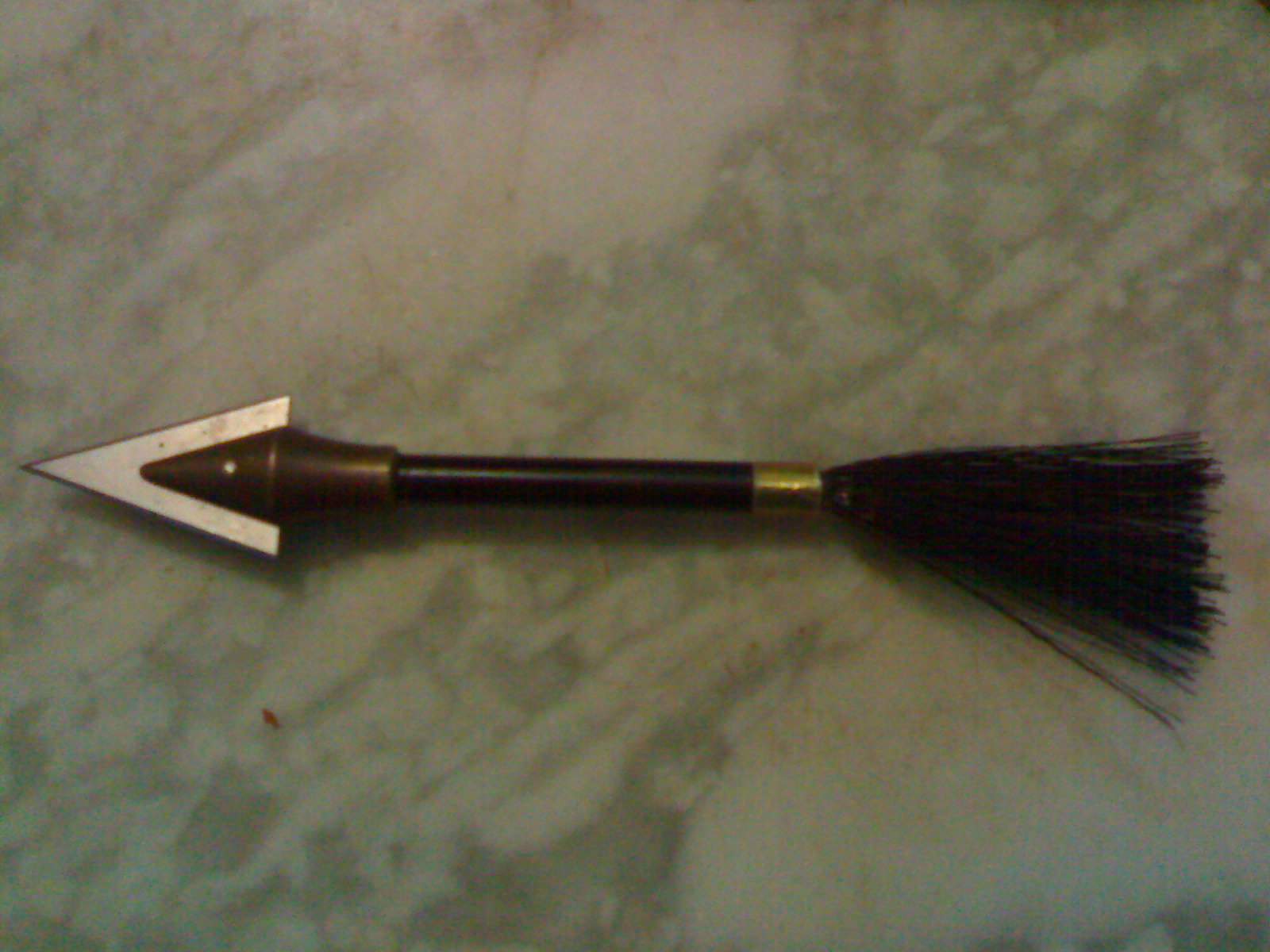
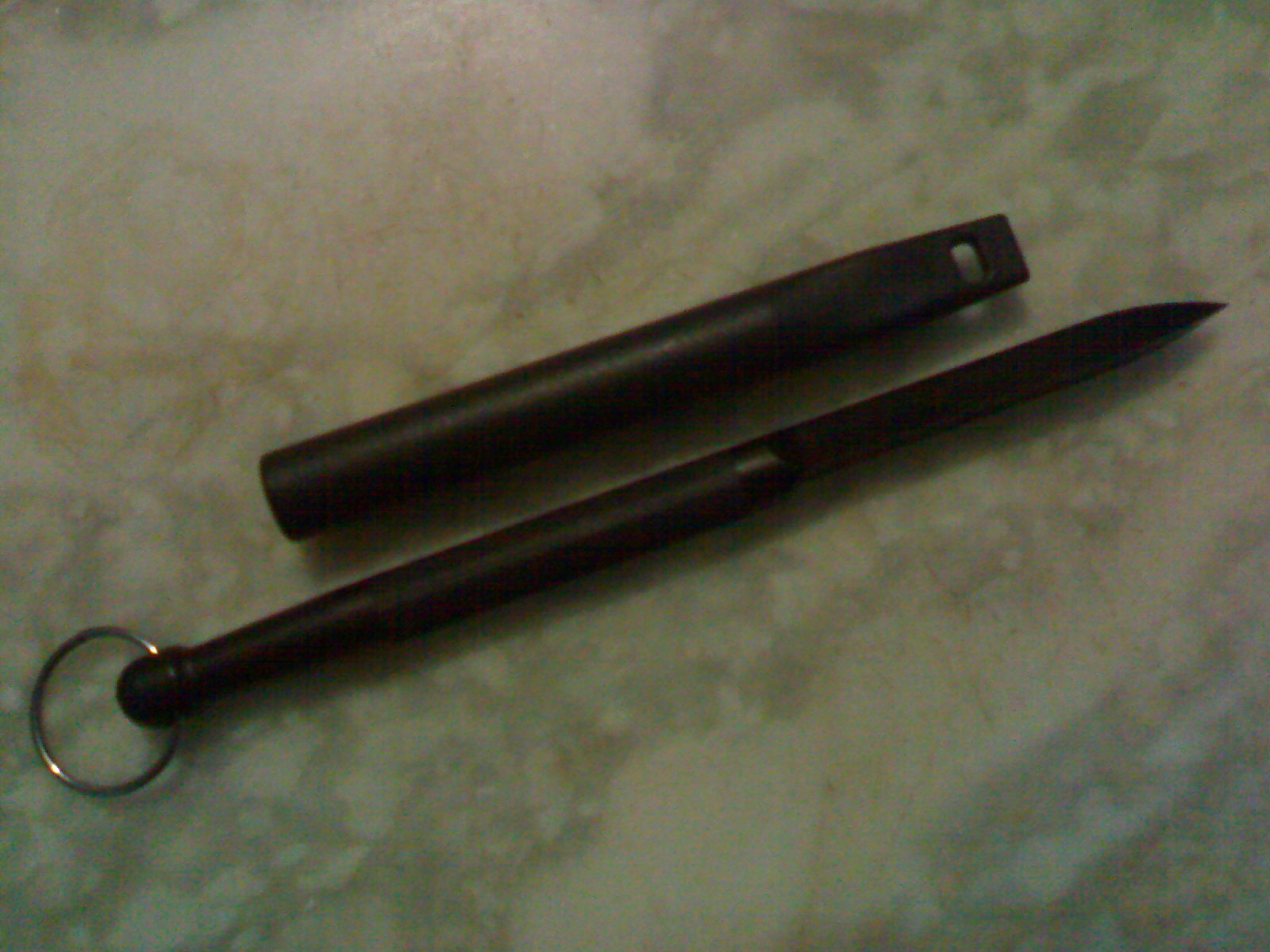
(Fig.285 – bladed throwing dart with tussles) (Fig.286 – carbon fiber knife and sheath)
Much to the misunderstanding of many, “ninja” were not the only people to use the “ninja” throwing stars, but the “Samurai” is also said to have used them.
Not all students possess the ability to throw objects straight, in order to encourage this type of training or practice, we have become accustomed to having a pre-warm-up playful exercise by throwing tennis balls or hard rubber rings at the fellow students whilst standing in a wide ring formation. This however enhances hand and eye coordination, fellowship between the students and most importantly to throw straight.
The fact that these throwing stars have multiple points does not necessary mean it has good penetration capabilities, it would depend on the design and at what you are throwing at. As illustrated per (fig.275 – 283) you would note that some of the throwing stars have rather short points and these do not have good penetration capabilities, the multiple pointed ones also do not have good penetration capabilities, for as soon as the third tip reaches whatever you‘re throwing at, the additional tips start slowing down or even stops the entry. The most penetrable throwing star would be the basic four pointed one which also should not be too small. The penetrating blade must be long enough to penetrate, and on the other hand the star can not be so big that it could not be put inside a standard pocket. The star illustrated per (fig.281) would be the one closest to its original form as a washer in the earlier days.
We must keep in mind that these throwing object, was designed at first to be a distraction weapon and causes more of a hindrance, then pain rather than death. Roomers are, that the tips were poisoned and then thrown at the assailants, but keep in mind the handler could also cut or scrape him self and so doing cause his own injury or death. The mere fact that there weren’t any cure in the early days for “tetanus” rust poisoning, many people got seriously sick and had died of the injury sustained.
“SHURIKEN / SENBAN” THROWING TECHNIQUES
Like in most combat skills there are also a few basic ways to throw the throwing stars, and to know, the skill of throwing does have a great impact on the accuracy and penetration capabilities.
The following illustrations are a few of these throwing techniques.
Axe Throw - (Most common and reliable)

(Fig.287 – note! throwing star to be thrown
in a vertical position)
Shoulder - Throw (Not reliable)
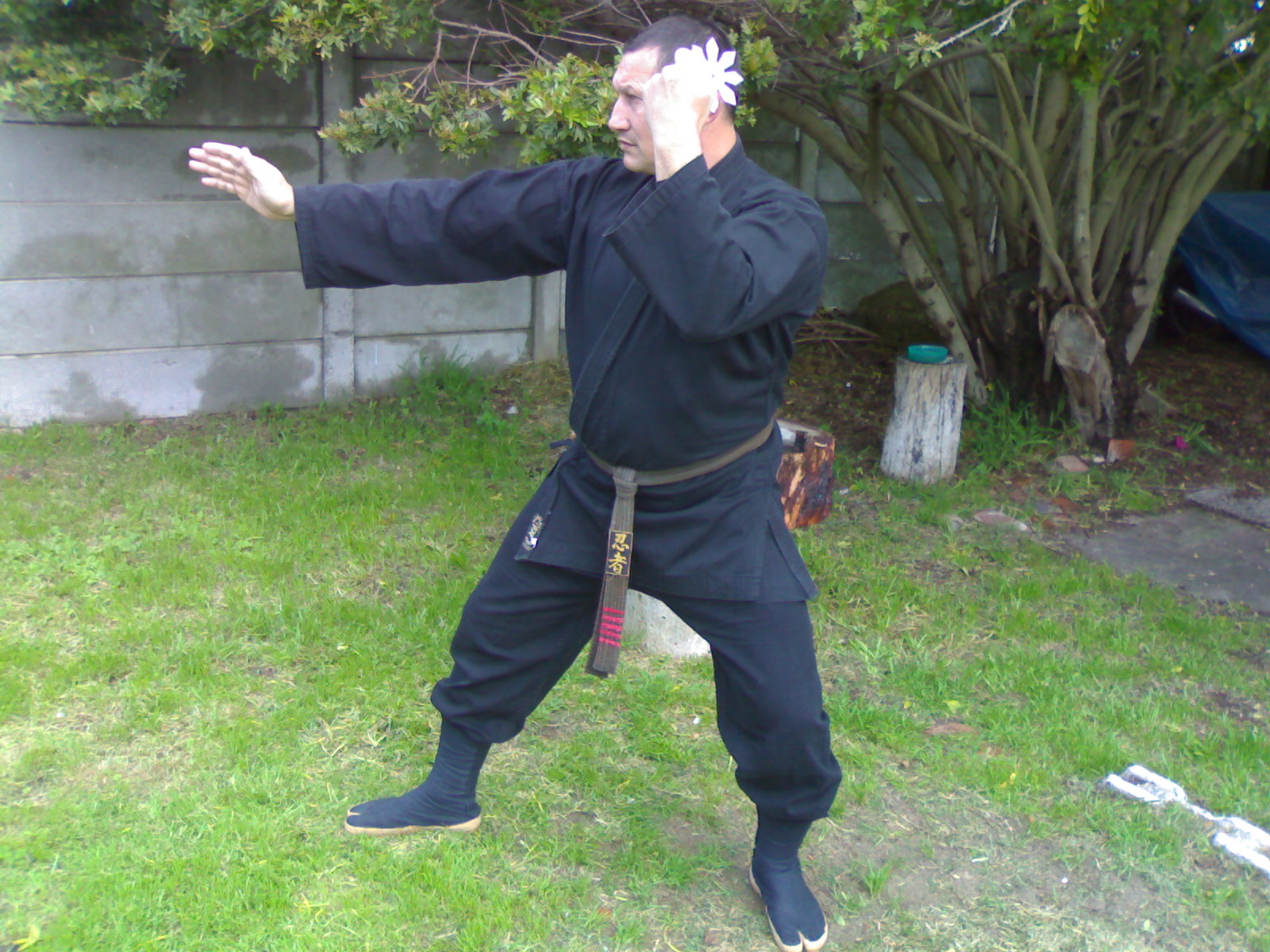
(Fig.288 – note! the wrist is clock-wise
turned backwards, throwing star to be
thrown vertically)
Waist Throw - (Most common and reliable)
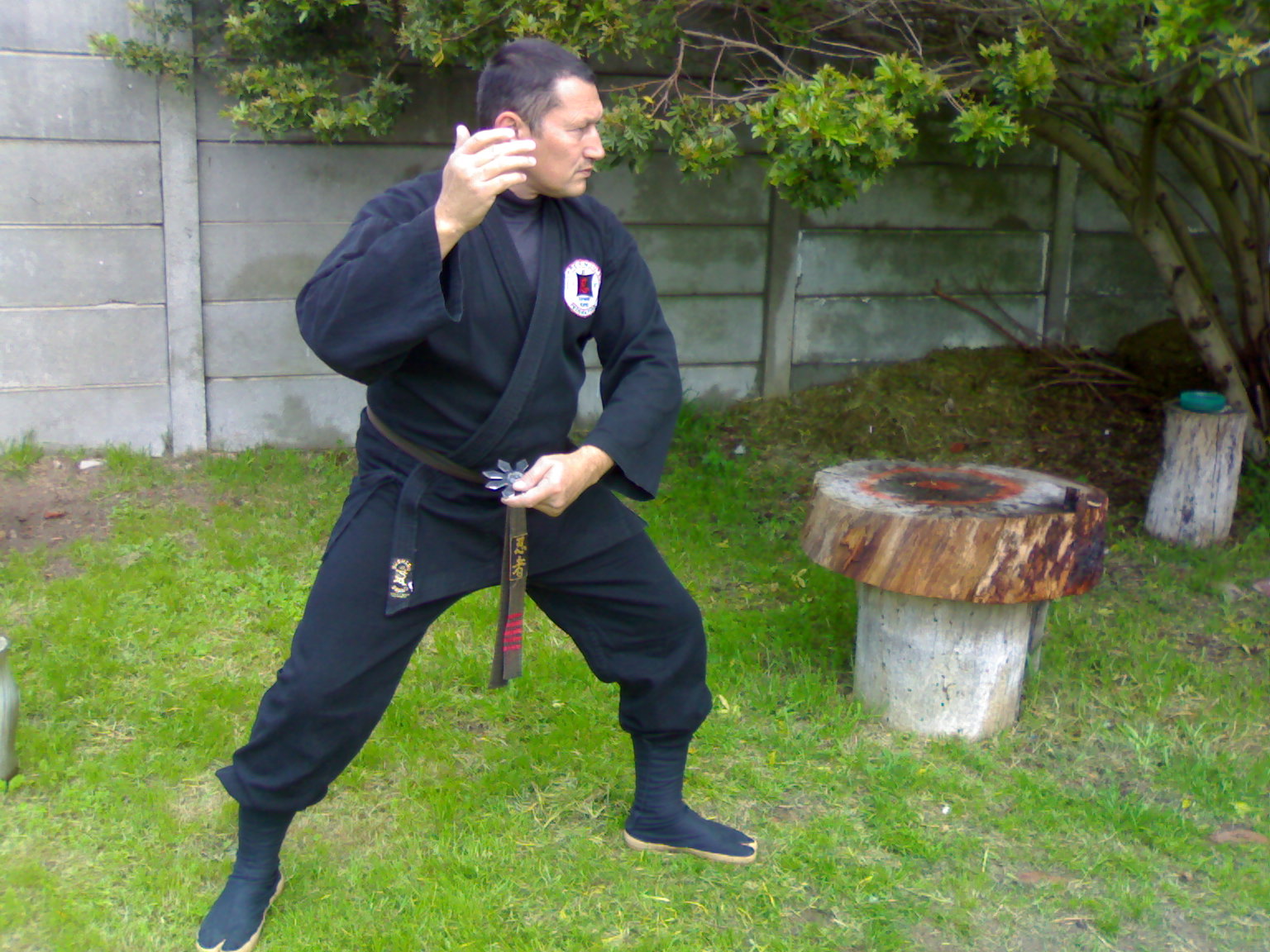
(Fig.289 – note throwing star to be thrown in
a horizontal manner)
Hip Throw - ( not reliable)
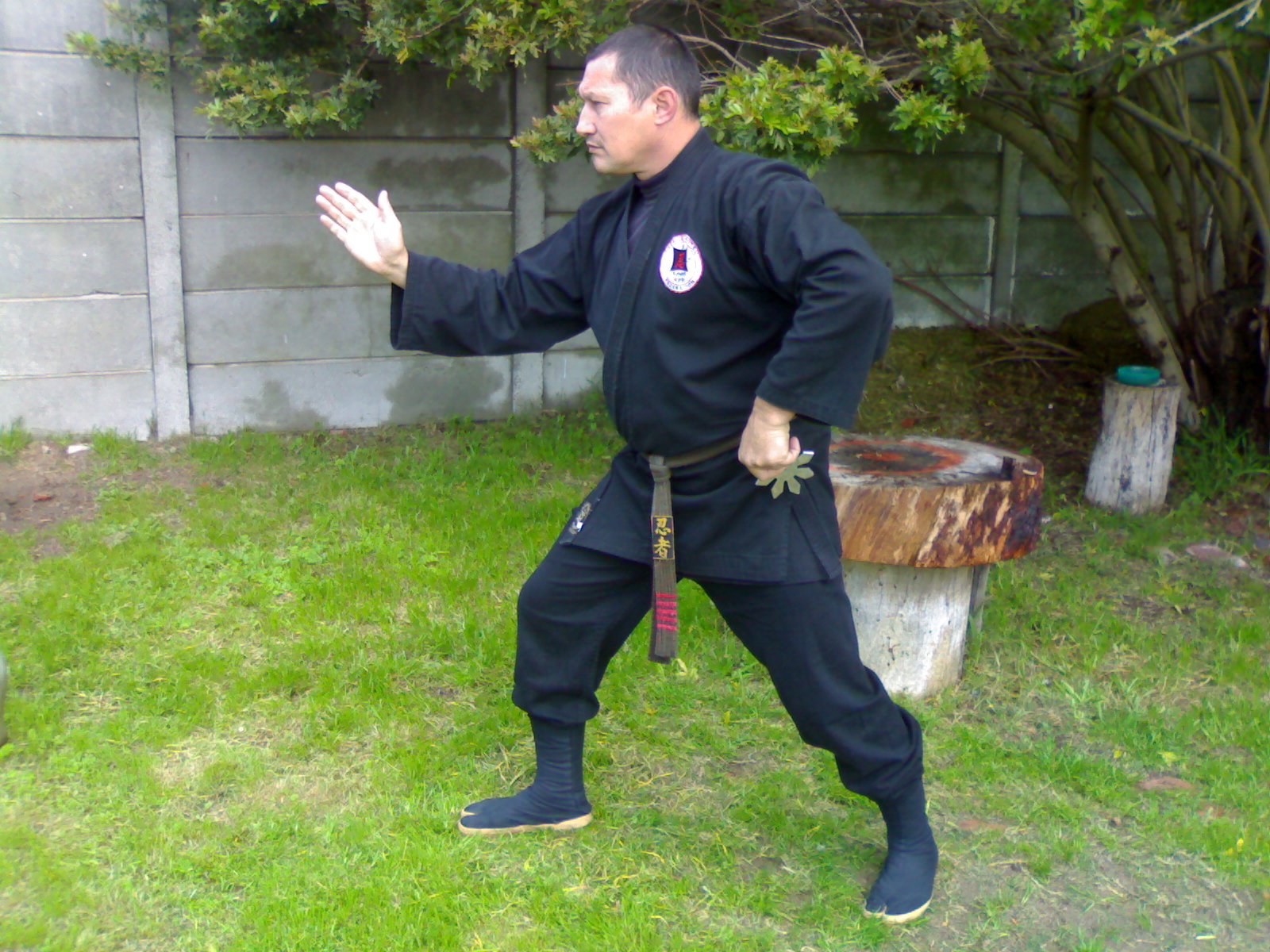
(Fig.290 – note! throwing star to be thrown
vertically from the hip)
Coin Toss - (For distraction purposes)
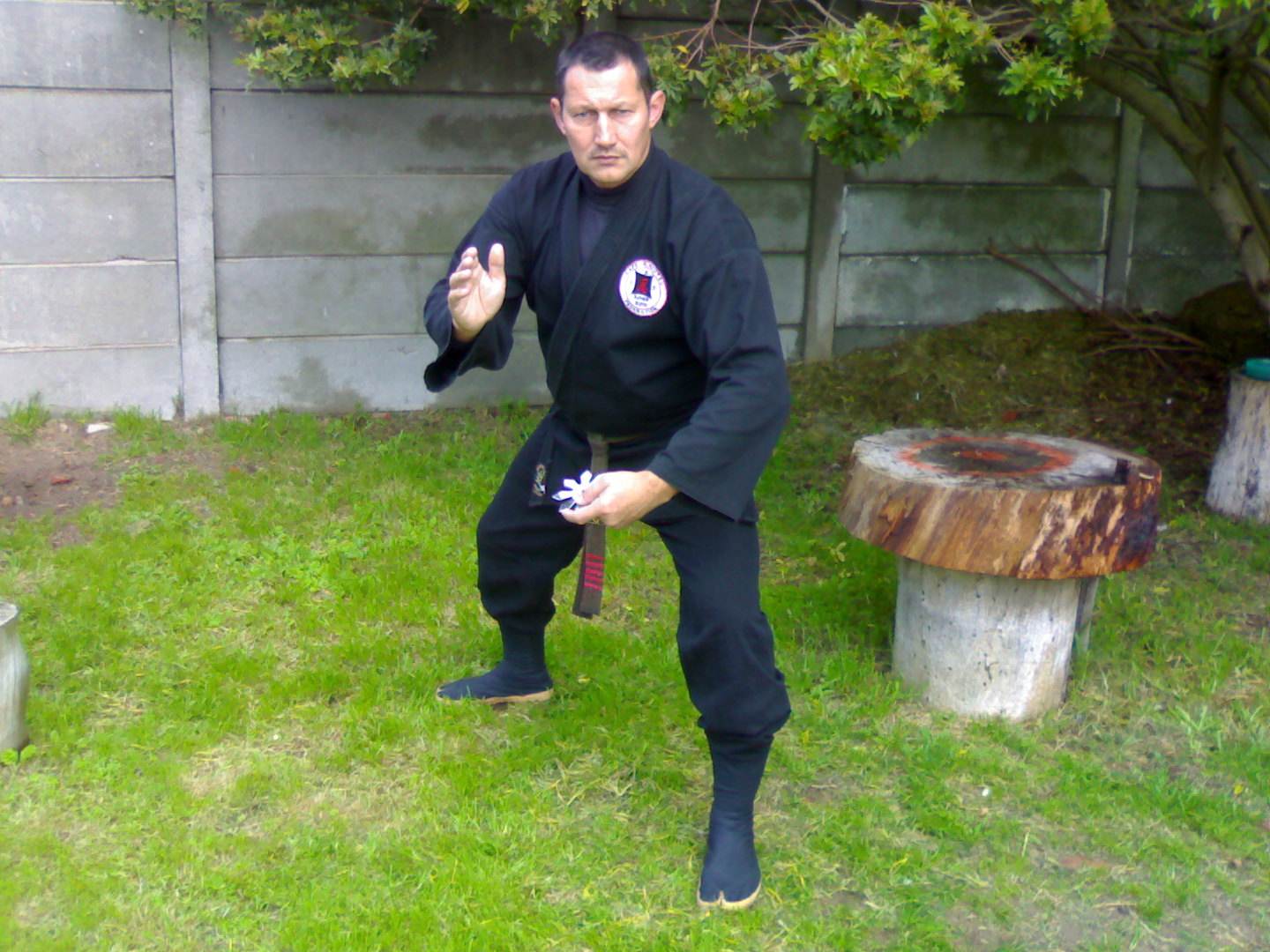
(Fig.291 – throwing star to be thrown in a horizontal manner,
the hand is not drawn to waist but, is rather tossed to face of the opponent)
The following throwing techniques are the “show-off” techniques and not reliable techniques.
Reverse Shoulder Throw
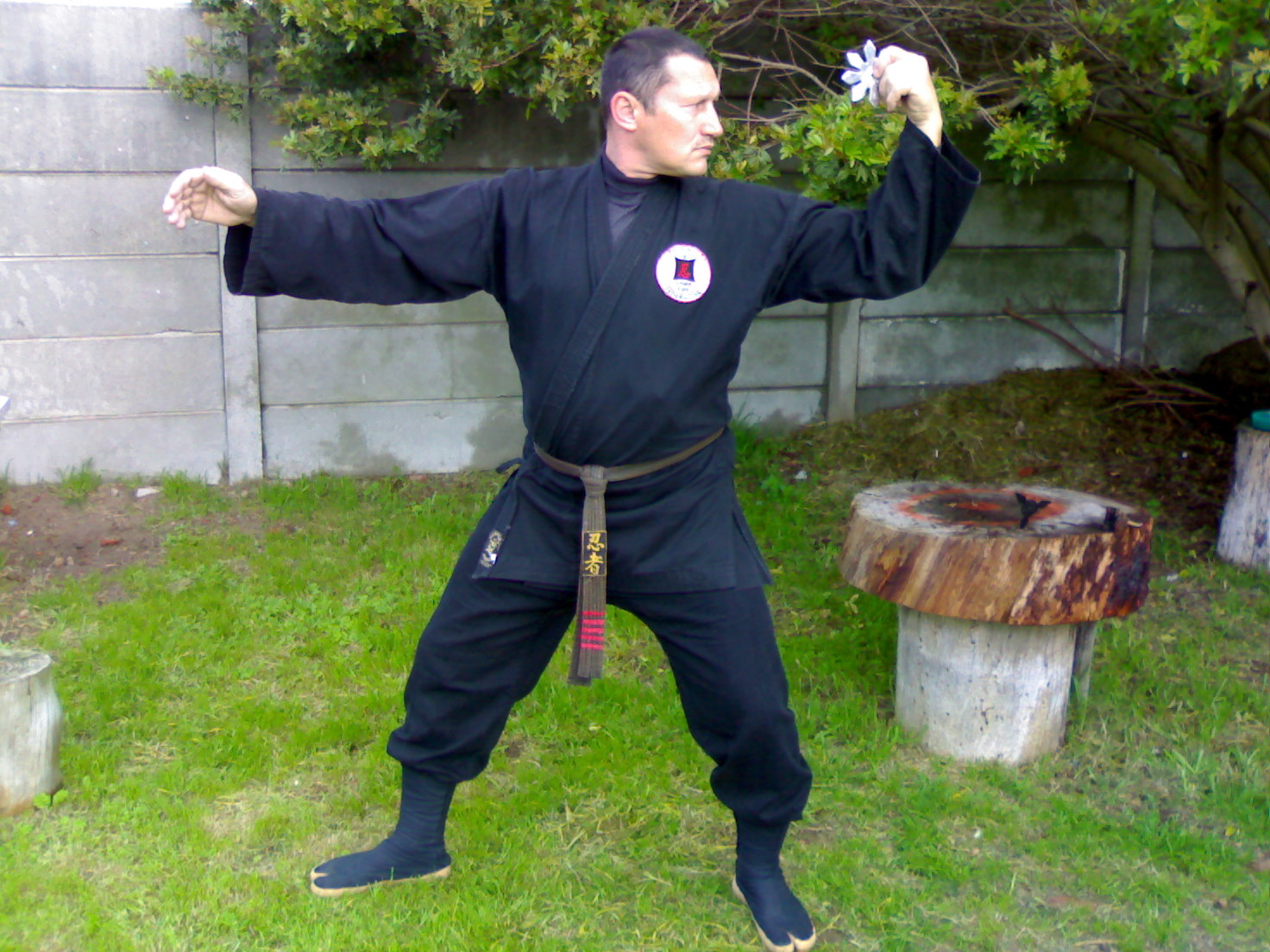
(Fig.292 – note! the throwing star is thrown in a
vertical manner to the back, the body would however
feel very unbalanced, excessive training needed to be
able to throw the throwing star in a straight line)
Reverse Waist Throw
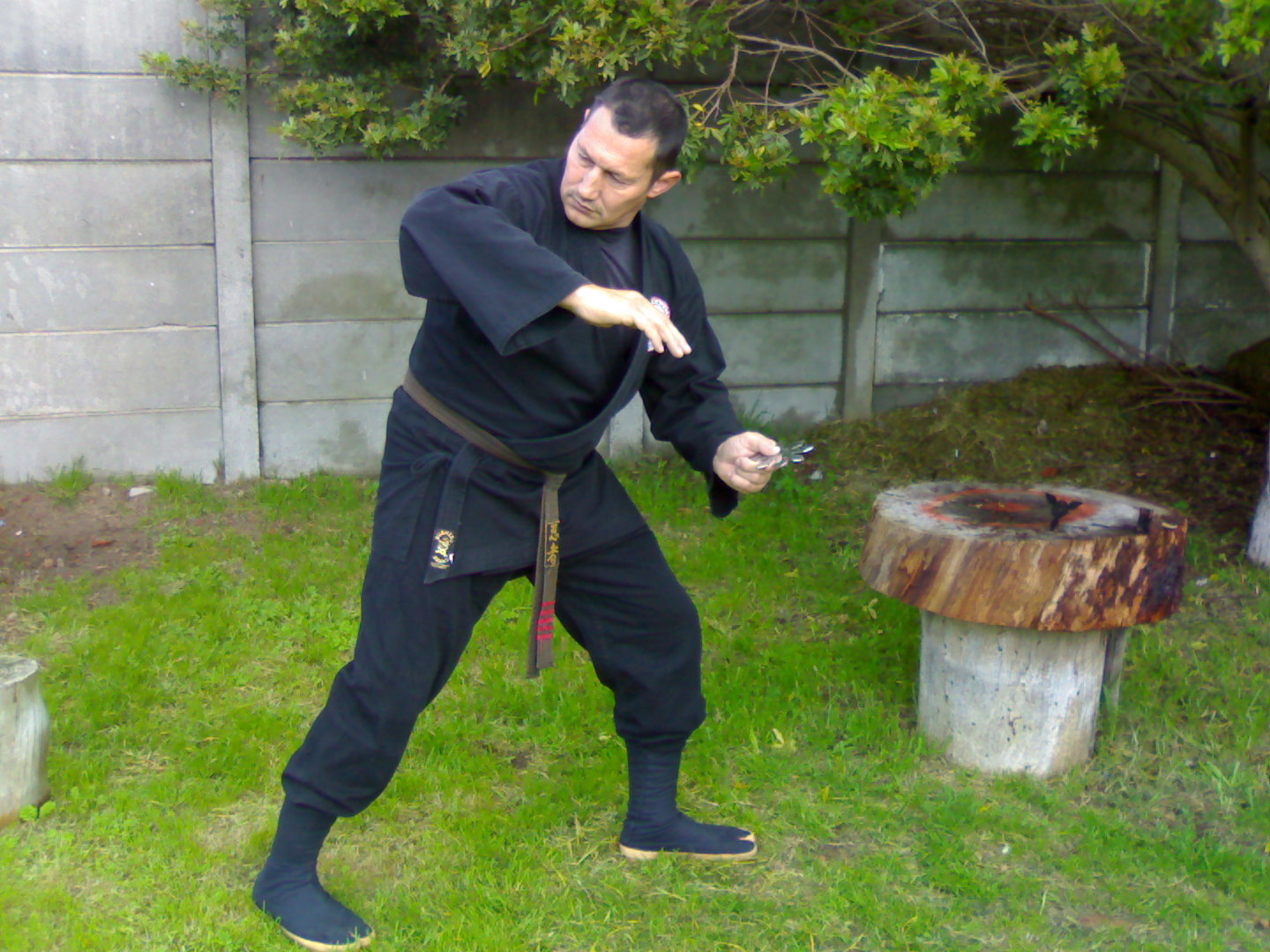
(Fig.293 – note! the throwing star is to be
thrown in a horizontal manner, the
backwards twist causes strain in movement
and distorts the line of accuracy)
Reverse Hip Throw
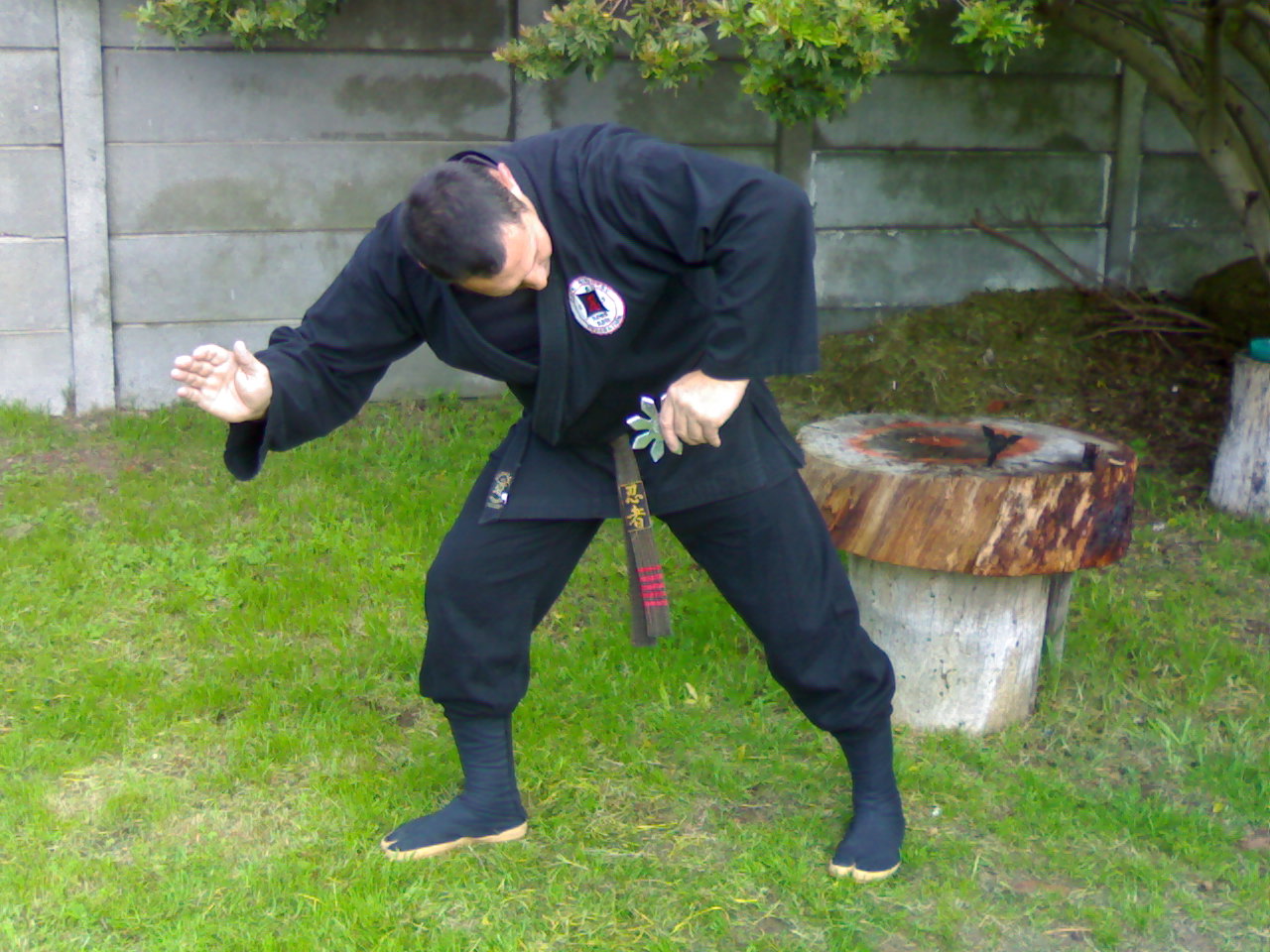
(Fig.294 – note! the throwing star to be thrown in a vertical manner, because of the angle of throwing the wrist has a awkward twist which distorts the straight angle)
COMBAT WITH THE “SHURIKEN / SHAKEN / SENBAN”
It is to be understood that these throwing blades, spikes or dirks are not implements with which you could throw and kill someone with, it is basically a distraction tool, which causes the opponent to either duck or flinch, giving you time to either escape or execute a more appropriate follow-up attack.
Nonetheless these objects could cause harm by scraping, cutting or piercing the skin, on further extension these implements might by rusty and even jagged from practicing throwing skills, this in-turn causes infection and does cause hindrance.
The throwing star does not necessary need to be thrown at someone but, could also be applied as a good hand held cutting or jabbing tool. My personal opinion is never to loose your tools, so why throw them away…
On the other hand, you should be donning a throwing star which could be useable as the intended throwing object but, could also be used as a hand held fighting tool, illustration fig.279 and fig.280.
Holding the throwing star for fighting purposes

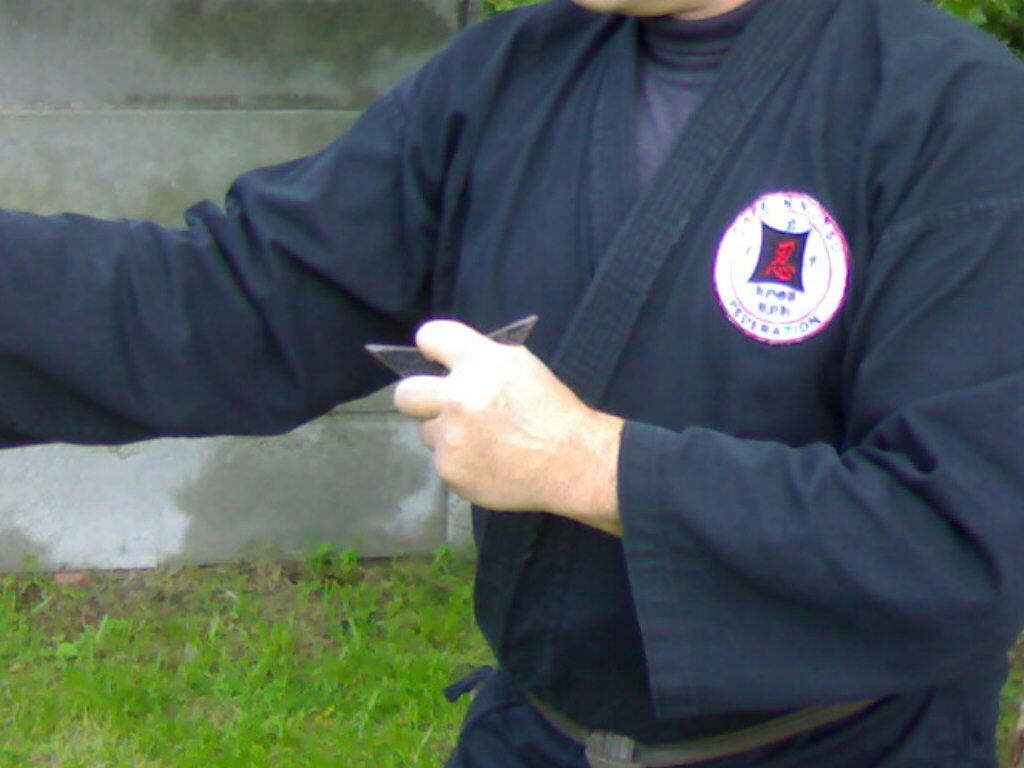
(Fig.295a – holding the 3 pointed star) (Fig.295b – holding the 3 pointed star)
Holding the star in this manner and by using straight forward jabbing actions or circular motions you could effectively slice at your attacker.
TECHNIQUE COMPLIANCE
As with all combat situations the balance distance and timing is essential, using hand held weapons takes you even closer the opponent, this in most situations is a danger zone for not many people have the attitude or ability to fight or defend him/her self.
Using a throwing star, especial ones that have less than four points that don’t injure your hand while working with it, will be quiet suitable for combat purposes.
The illustrations as per fig.279 and fig.280 are three pronged throwing stars, suitable for combat however, fig.279 is the size recommended for combat hence the prongs is quiet visible and have enough distance to jab or cut at the opponent, but the star is big and a special pouch would have to be carried to keep it safe from tearing your clothes, this in turn makes it a problem to get the star out quickly enough for combat, the star illustrated in fig.280 is a much smaller one and very much lighter and could even be carried in your top shirt pocket however, you only have one prong to jab and slice with hence the small size, the other downfall is that this star is not a good throwing object it will do little to no damage at all unless you can throw quiet good and accurate to hit the eye, other than that it still remains a nifty tool to carry around.
Cutting the wrist inside/outside (Fig.295 – Fig.296)
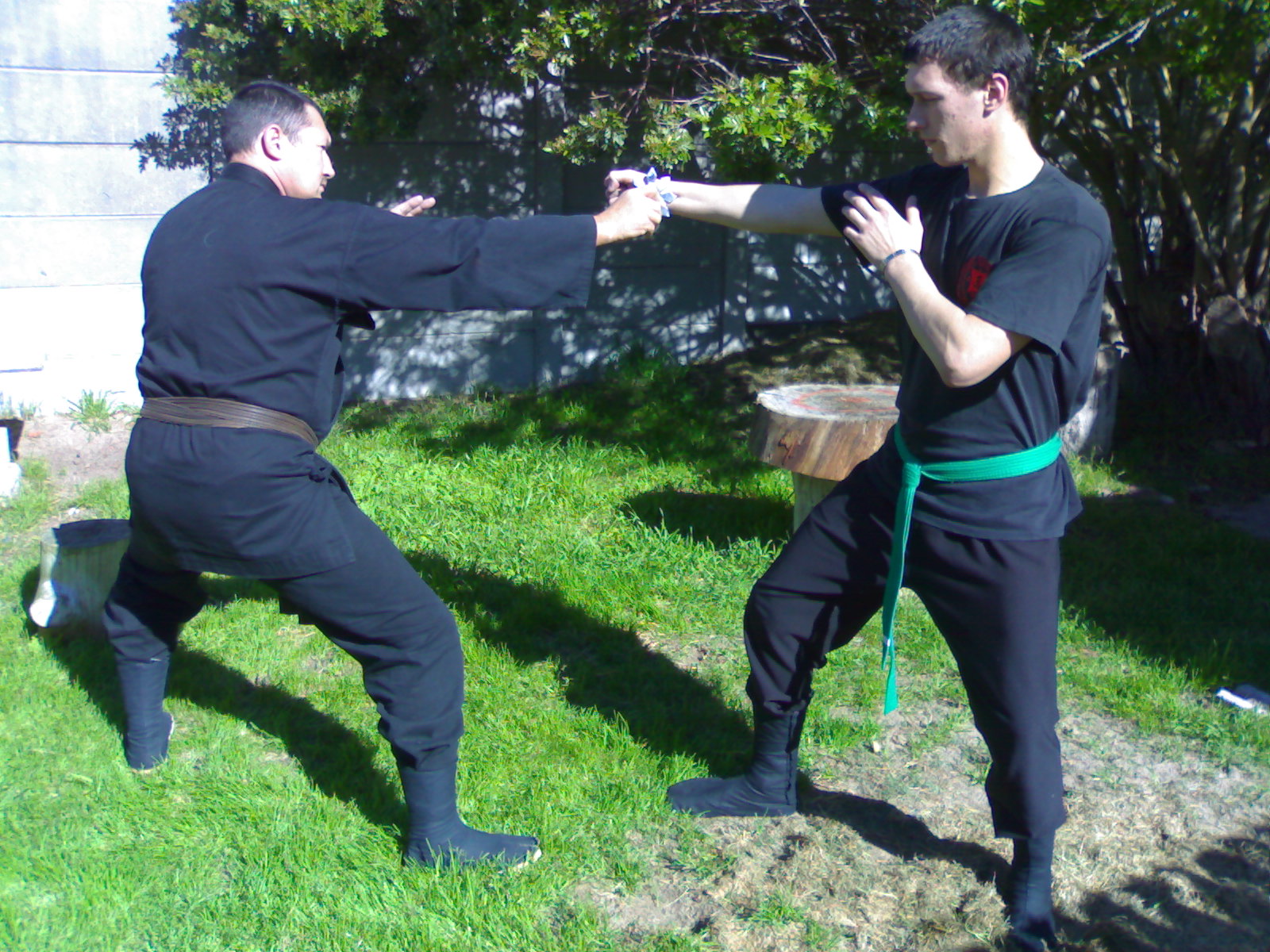
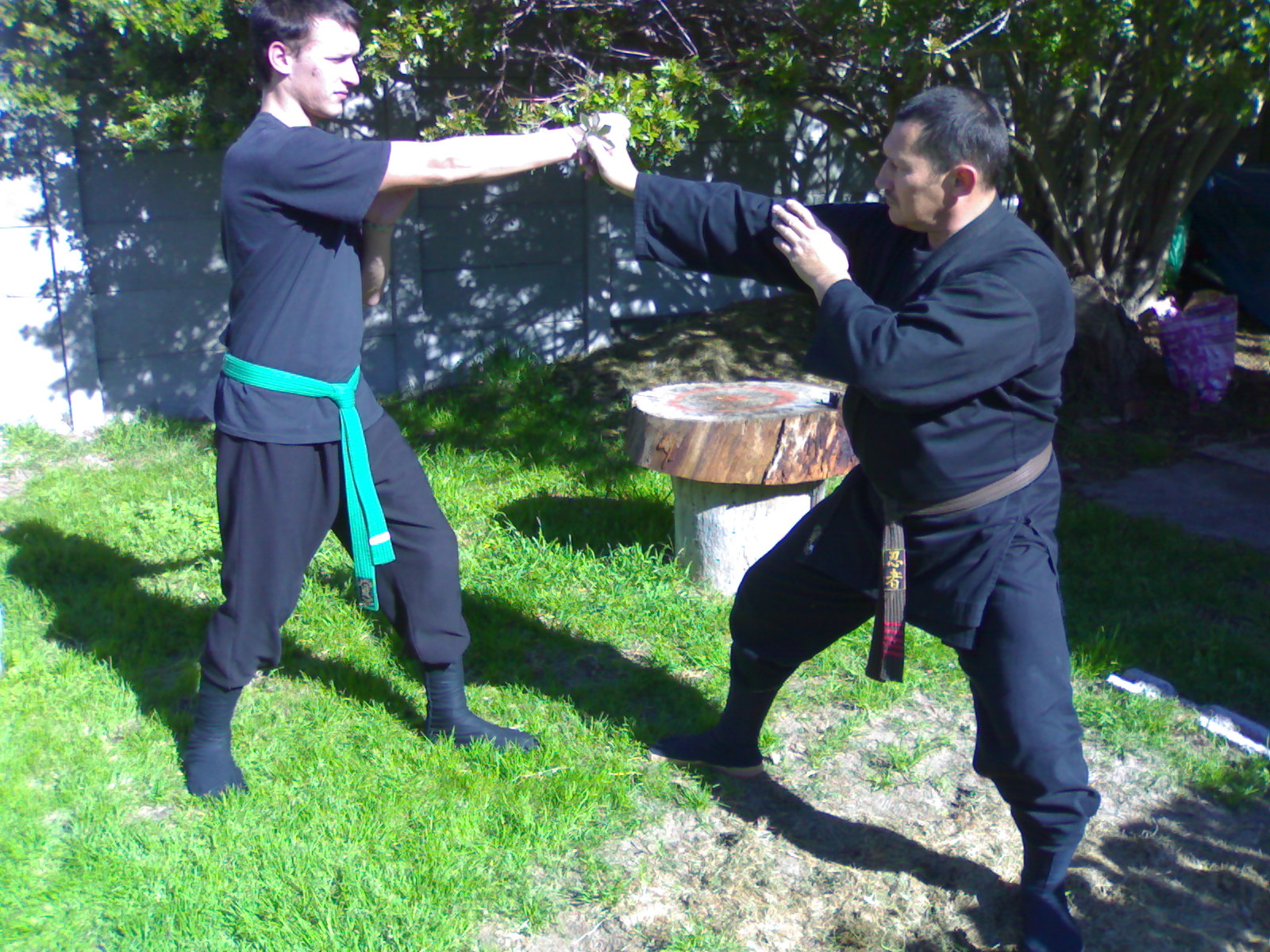
(Fig.295 – stepping back and cutting to (Fig.296 – stepping back and cutting to
inner-wrist simultaneously) outer-wrist simultaneously)
Cutting the throat (Fig.297)

(Fig.297 – stepping forward with right leg and deflecting with the left hand simultaneously and
then either cutting forward or applying a reverse cutting technique)
Cutting down the spine (Fig.298a - c)
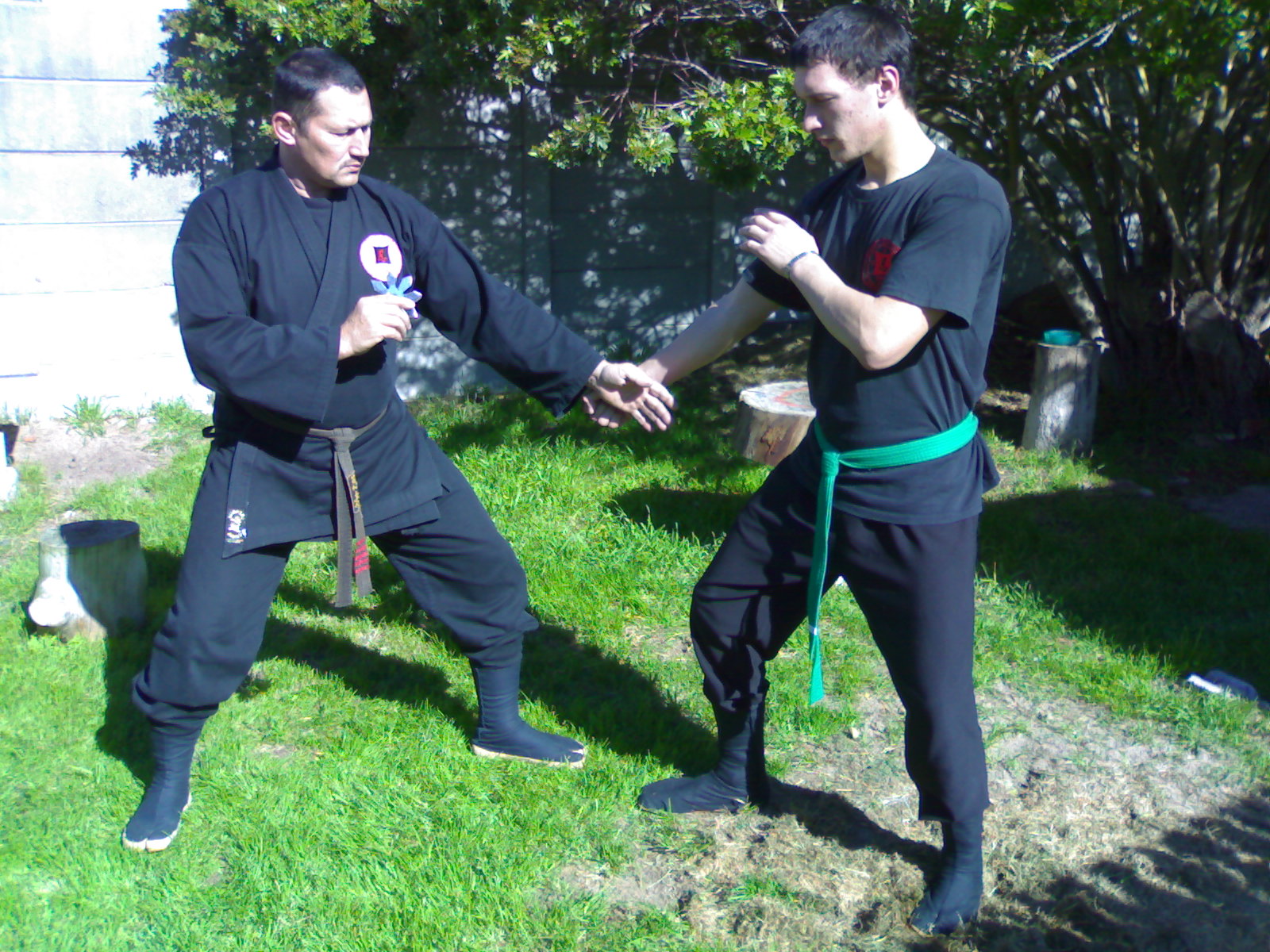
(Fig.298a – opponent steps in to hit or grab, using an inner-body space opposite hand deflection in
preparation, to move forward with intension to do a anti-clockwise pivoting motion under and through
the opponents striking hand)
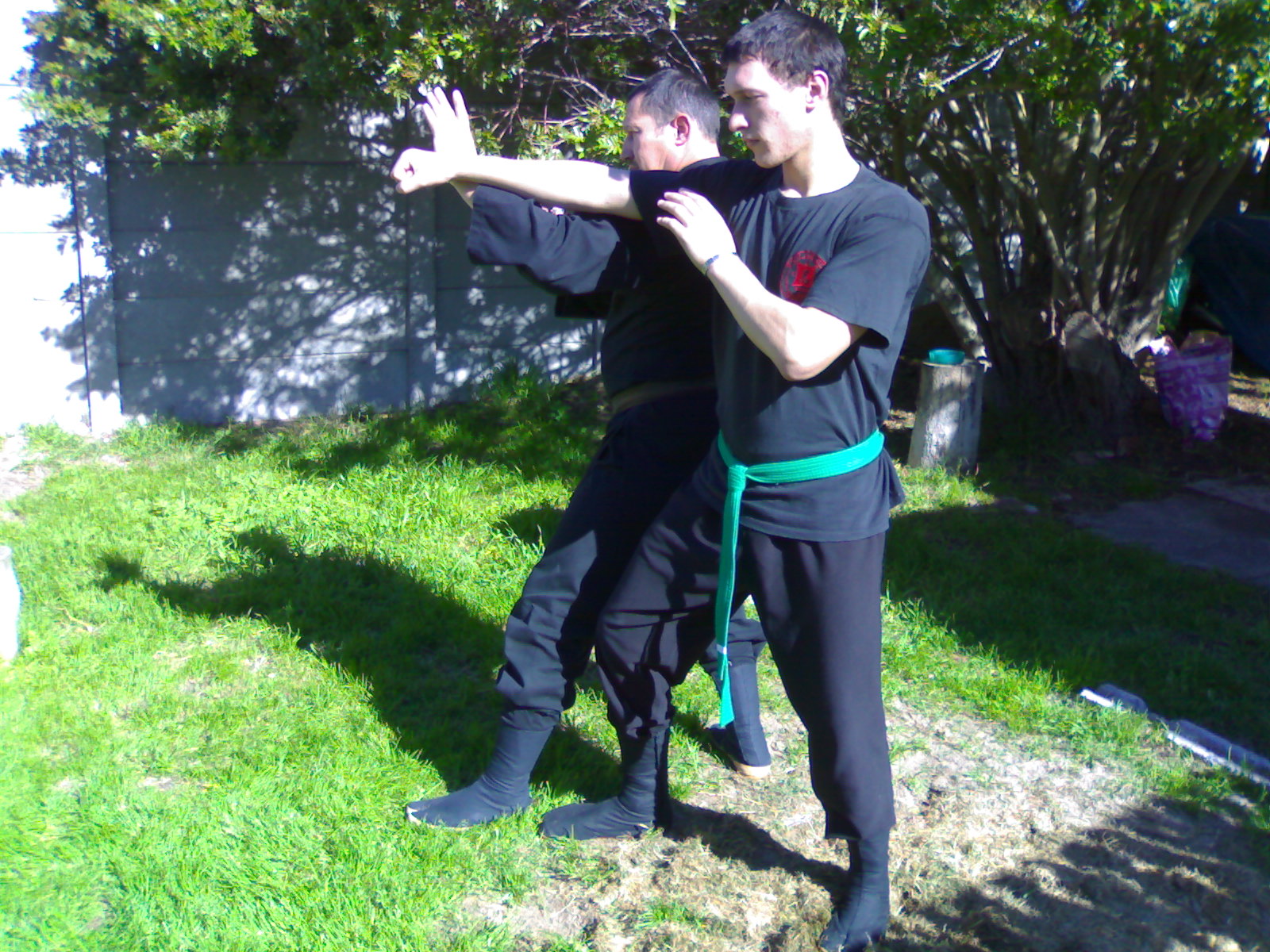
(Fig.298b – defender has pivoted through by stepping through with the right foot and using a “mi lu p’u” lost track step pivoting technique)

(Fig.298c – as defender retracts his left leg to escape backwards, he then cuts down the spine of the attacker)
Jabbing the throat (Fig.299)
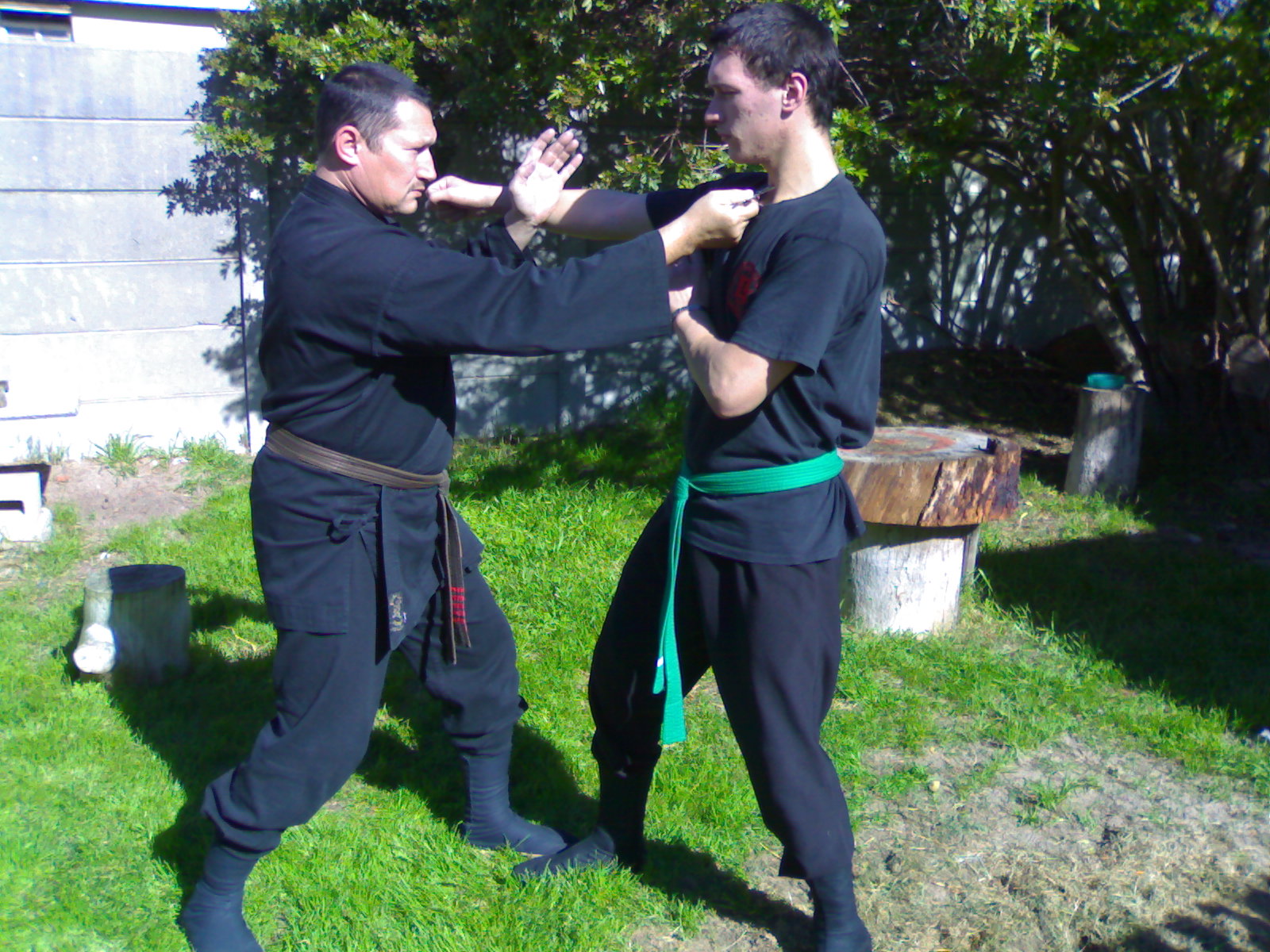
(Fig.299 – the attacker strikes or grabs at defender, defender then deflects with an opposite inner-body space deflection and simultaneously jabs at the throat of the attacker with the shuriken)
Jabbing the hand (defense against a bear hug, Fig.300)
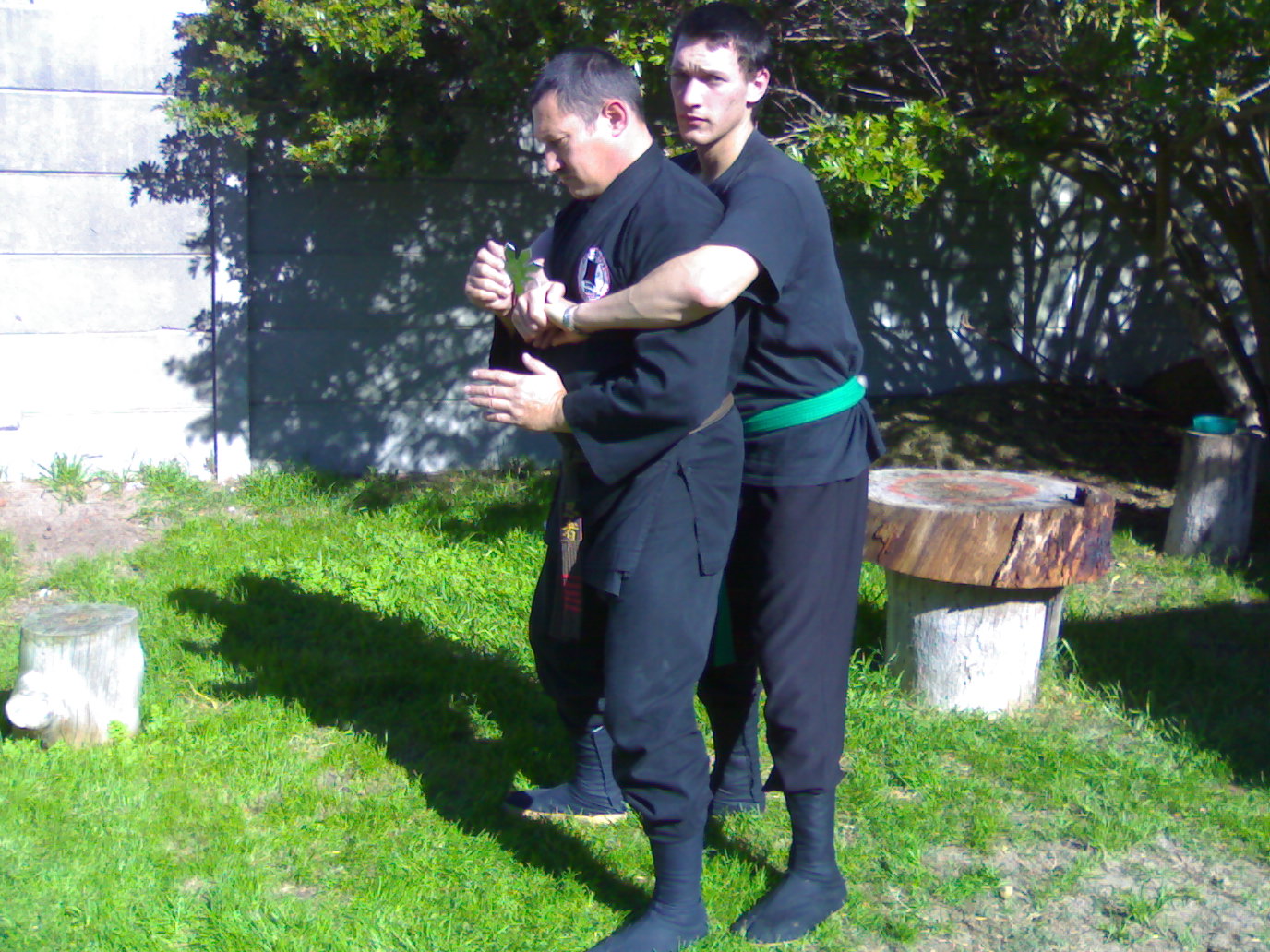
(Fig.300 – opponent grabs you around the waist and arms the defender then drives the shuriken tip into the outer-hand’s pressure point, until he releases the hold)
CHAPTER 4
ARMED COMBAT – EXOTIC WEAPONS
KEY-RING – “KUBOTAN”
What is a KUBOTAN ? (Fig.301)
The kubotan or commonly known as a “key ring” holder, for this is the impression that we would rather like the public and also the assailants to have thinking.
Although in many countries the kubotan is banned because of its lethal use, the ordinary pen or pencil or twig could be just as lethal …
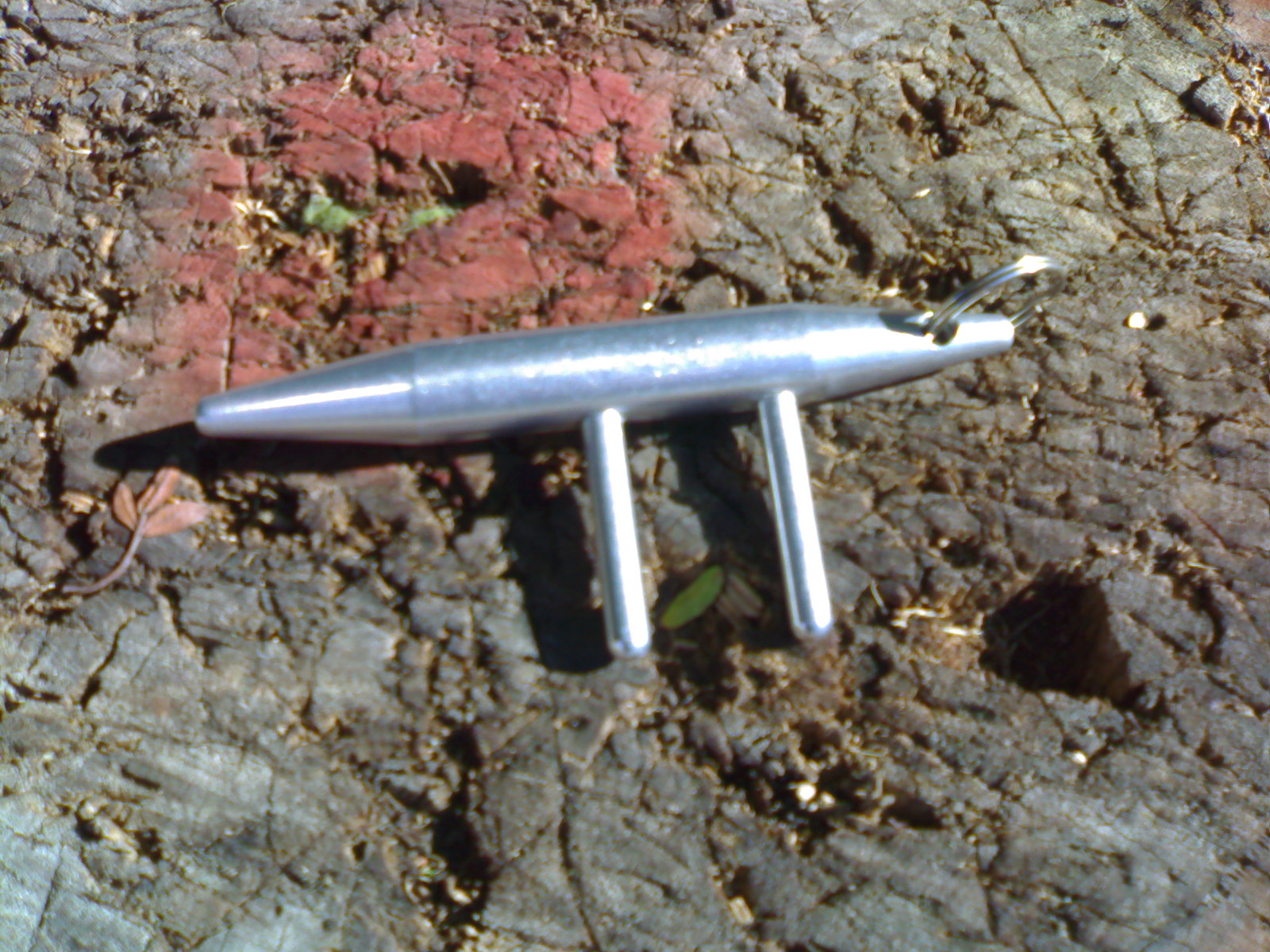
(Fig.301 – Kubotan, key-ring or ninja key-ring)
The object can be manufactured in many forms, usually it’s just a straight, short hand held implement with blunt ends which is used to strike or jab at an opponent.
In our school we have adopted a more lethal approach by using an aluminum shorter hand held two pronged object which has a ring attached, intended to hold keys.
The keys in its own right also serve as a weapon by, slashing it across the face of the opponent.
The tips on either side are to strike pressure points, vital spots and hitting boney structures, as also rake along the spine or sternum, the prongs can be used to jab, rake or twist nose or fingers.
In whole this is a very nifty tool to have around, and it is public friendly, meaning that when the average man looks at it, he barely knows what it is and sees no harm in it.
TECHNIQUE COMPLIANCE
Breaking free from a wrist grab – inner/ outer body space (Fig.302 – 303)
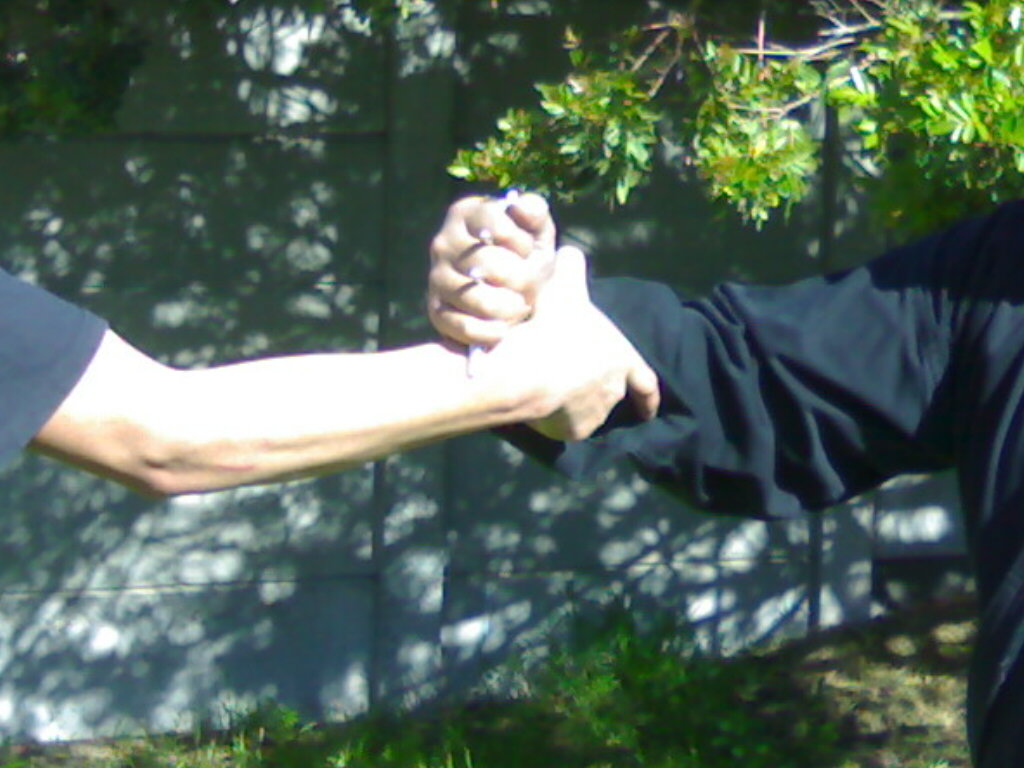
(Fig.302 – Defense against a wrist grab, using an inner-body space anti-clockwise turning motion, you turn the key-ring so that the bottom tip goes over the assailant’s wrist then to press on the bone of his wrist joint, this will give instant pain and the assailant will release your hand).
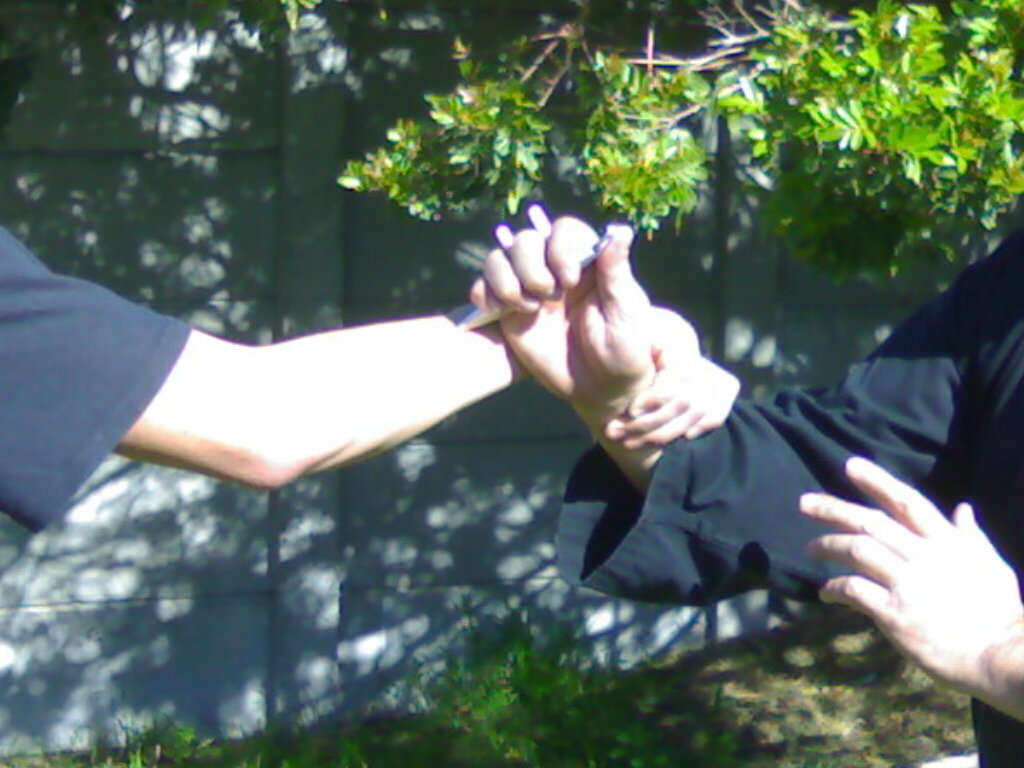
(Fig.303 – Defense against a wrist grab, an outer-body space clock-wise turning motion, you turn the key-ring clock-wise underneath the opponent’s wrist so that the bottom tip goes to the top of opponent’s arm, you then apply pressure and the opponent will experience a sharp pain enabling him to quickly release your hand or arm).
Defense against a bear hug (Fig.304)

(Fig.304 – As attacker attempts to grab you from the rear, you just simply bring up tip of the key-ring, either side of the tips and press it into the middle of the outer-side of the opponent’s hand, this creates severe pain and the assailant will release immediately).
Jabbing to the throat (Fig.305)
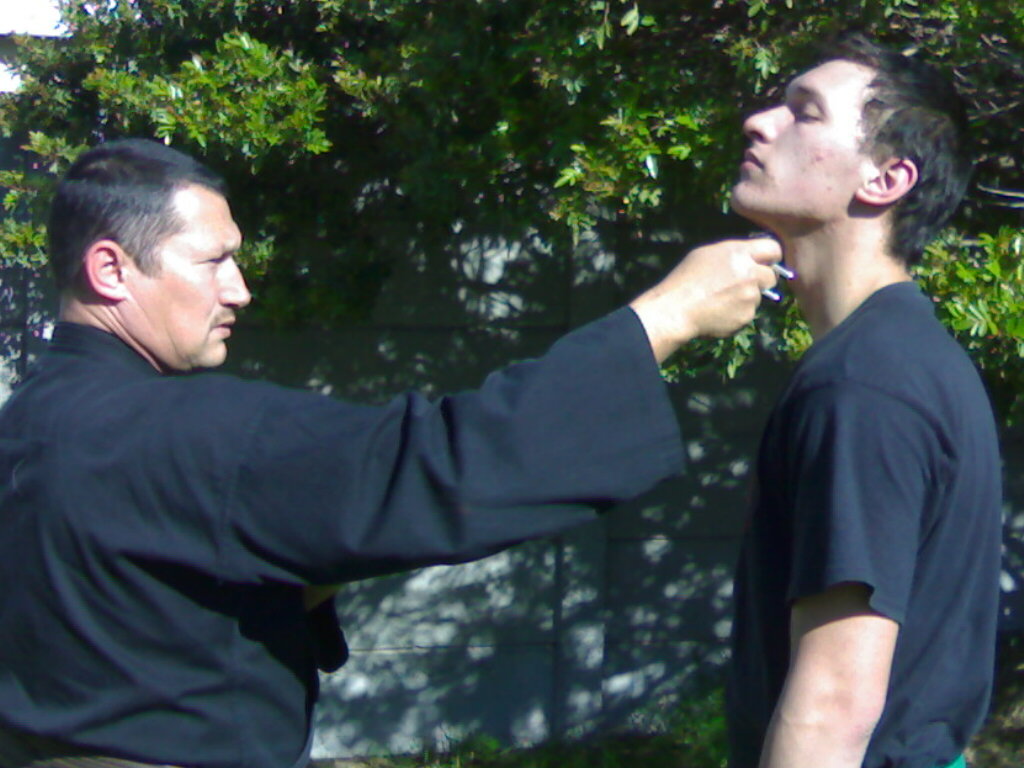
(Fig.305 – This jab could be done either straight to the neck or striking into the cavity under the chin, both these areas are soft targets and course severe pain and damage. This technique is highly lethal and should not be attempted on somebody who’s threatening level is not so severe).
Jabbing to the solar plexus (Fig.306)
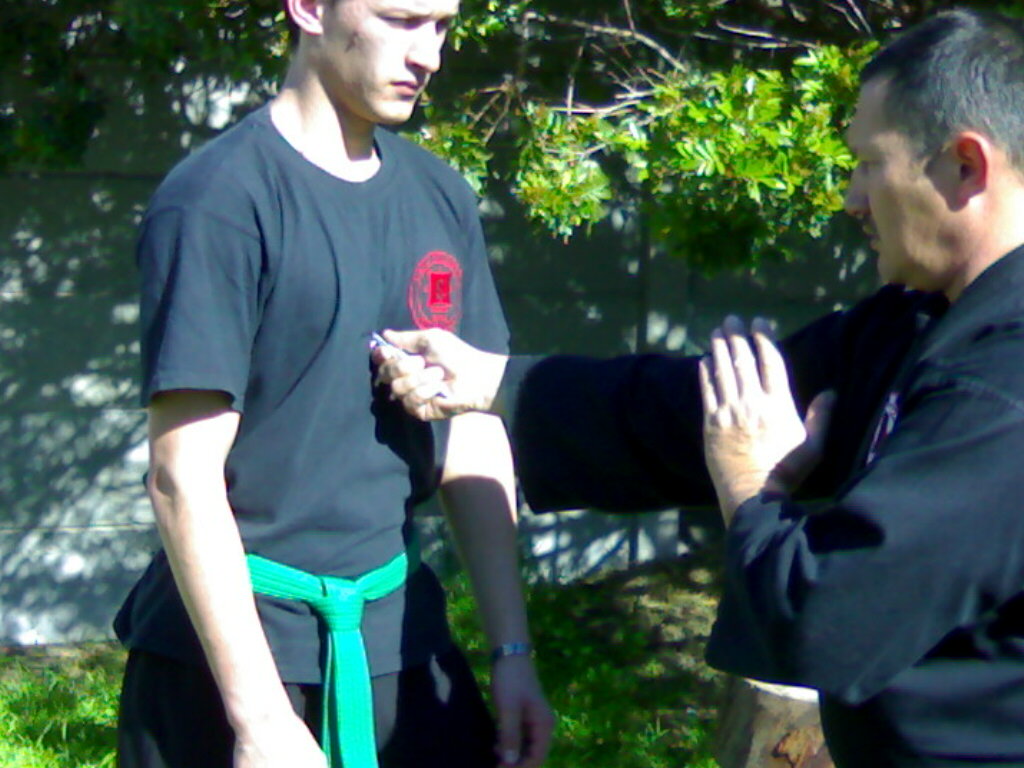
(Fig.306 – Jabbing to the solar plexus is a very effective strike but, highly lethal, do not attempt this under normal circumstances, this strike creates lots of pain and damage and brings a person sown instantly.
Raking technique (Fig.307)
Raking techniques are also quiet harsh, painful and very effective providing the tip of the key-ring does not hook on the clothing.
Most common place to rake is on the sternum and the spine, the method is to scrape either the tip ends or the two protruding prongs up or down along the spine or sternum.
Other places to use the raking technique would be on the inner-thighs, inner-arm muscles between the biceps and triceps and also under the arms scraping or raking down on the rib cage. However these additional places require more nifty footwork and technique.
Scraping along the face is most certainly very effective and totally painful, the assailant will abolish his attack instantly giving you time to flee or use multiple follow up attacks however, this would be classed as a lethal attack and should not be done under normal not so severe attacks.
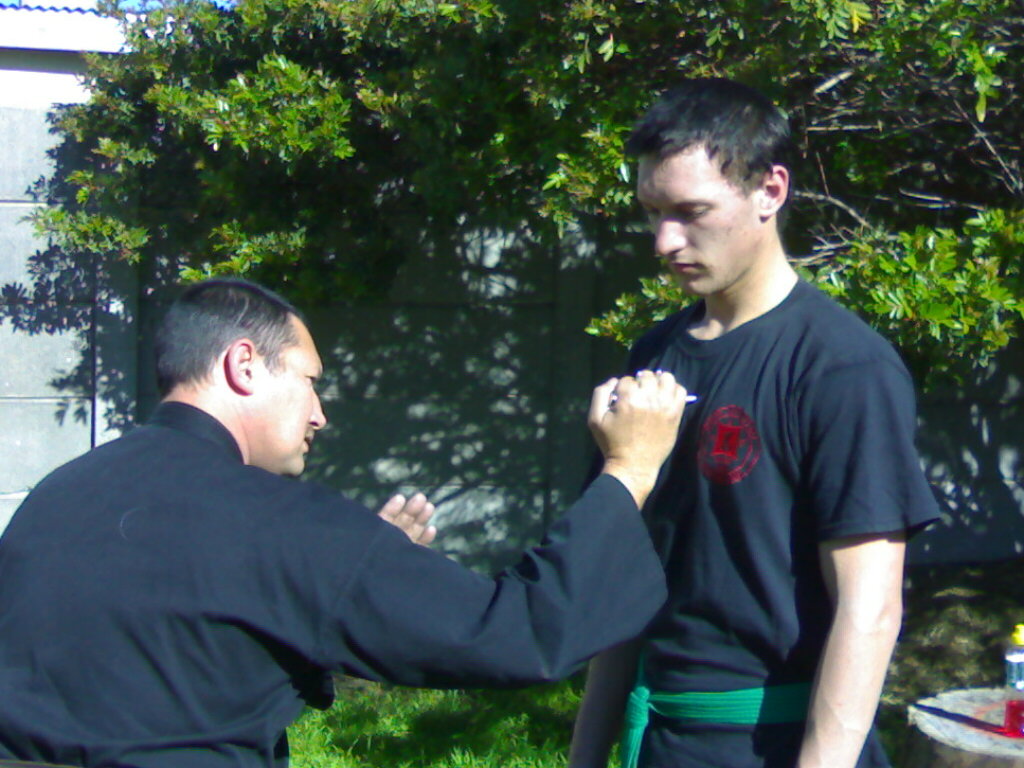
(Fig.307 – Raking technique are done by jabbing the tip of the key-ring onto the top of the breast bone and then to harshly scrape or rake downwards).
Raking to the spine could be seen by looking at the illustration of the “cutting down the spine” technique of the throwing star, the same movements is used to get behind the assailant in order to do the raking technique see (Fig.298a-c).
CHAPTER 4
ARMED COMBAT – EXOTIC WEAPONS
BLOW PIPE – “FUKIYA”
Long since time the amazons have been using a hunting system by means of bow and arrow and also by means of using a blow pipe which shoots off small poisoned darts or arrows.
In the art of ninjutsu, blow pipes are used in the art of assassination, taking out a sentry or guard from a distance, by means of dipping the darts in poison or sleeping potions, or by just merely shooting the darts in the eyes of the opponent as a mere deterrent.
Blow pipes come in different shapes and sizes whereof some are even camouflaged, however the various lengths cater for different shooting distances.
The blow pipe can also be in the form of a multiple combat tool, by means of using it as a hand held combat stick, something like a small baton, which would be fitted with a concealed chamber or round cylindrical pipe in the centre of the stick.
Blow pipes can be manufacture with bamboo, cane, stick, plastic or aluminum, having a cylindrical tube running down the centre it could also be used as an underwater breathing tool or snorkel.
The darts could be in the form of either, a very thin needle with feather, cott








































